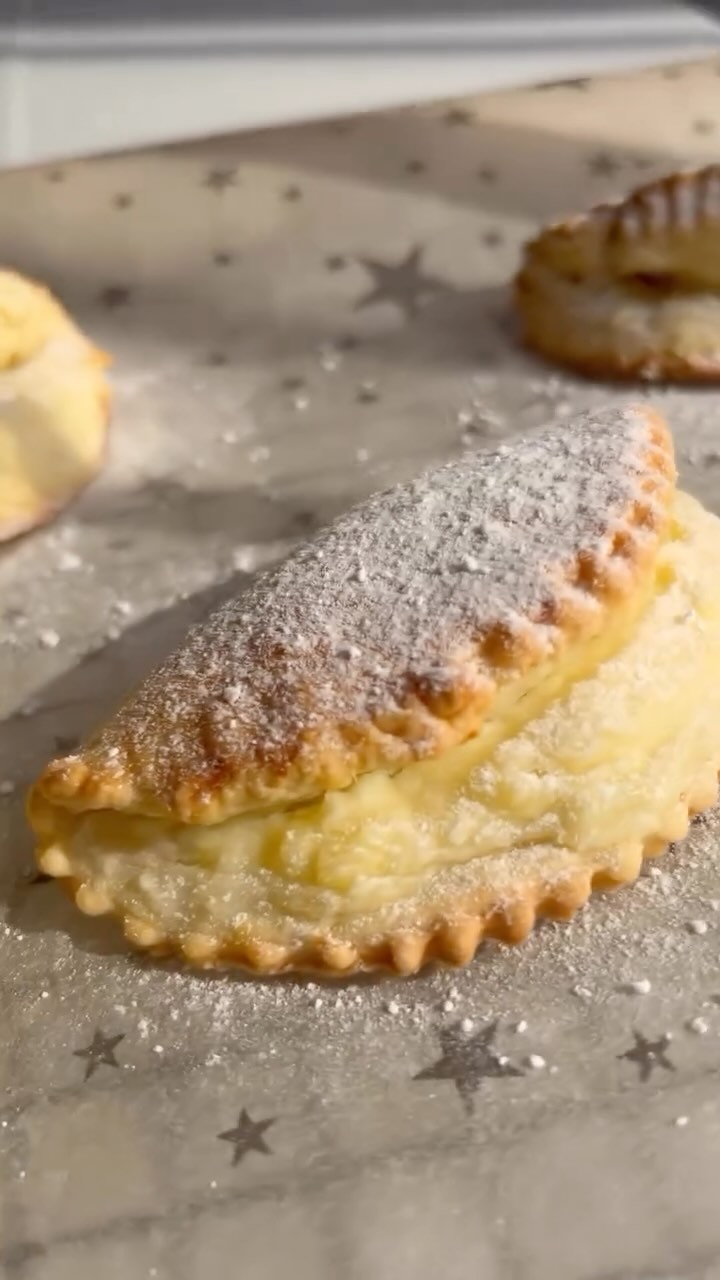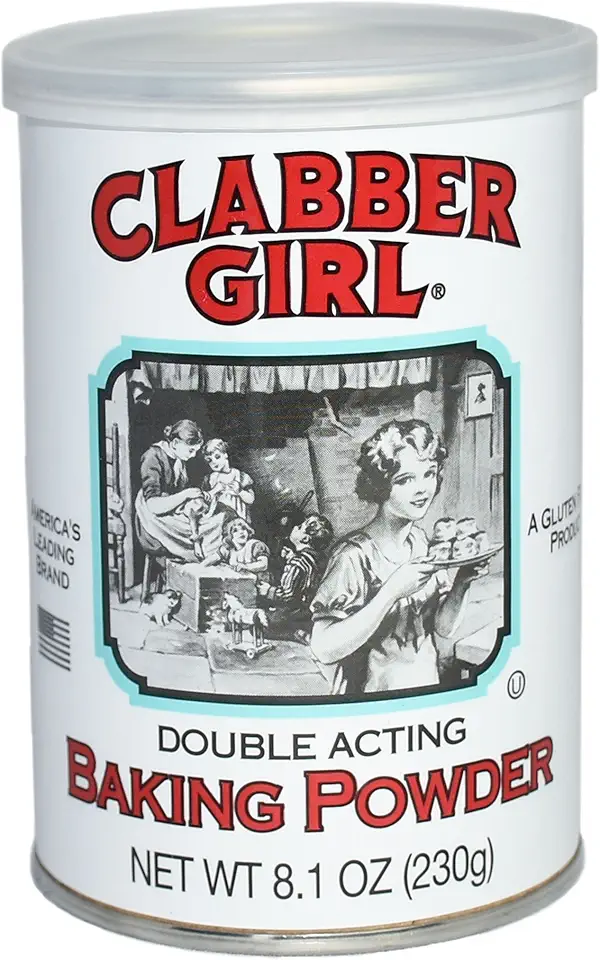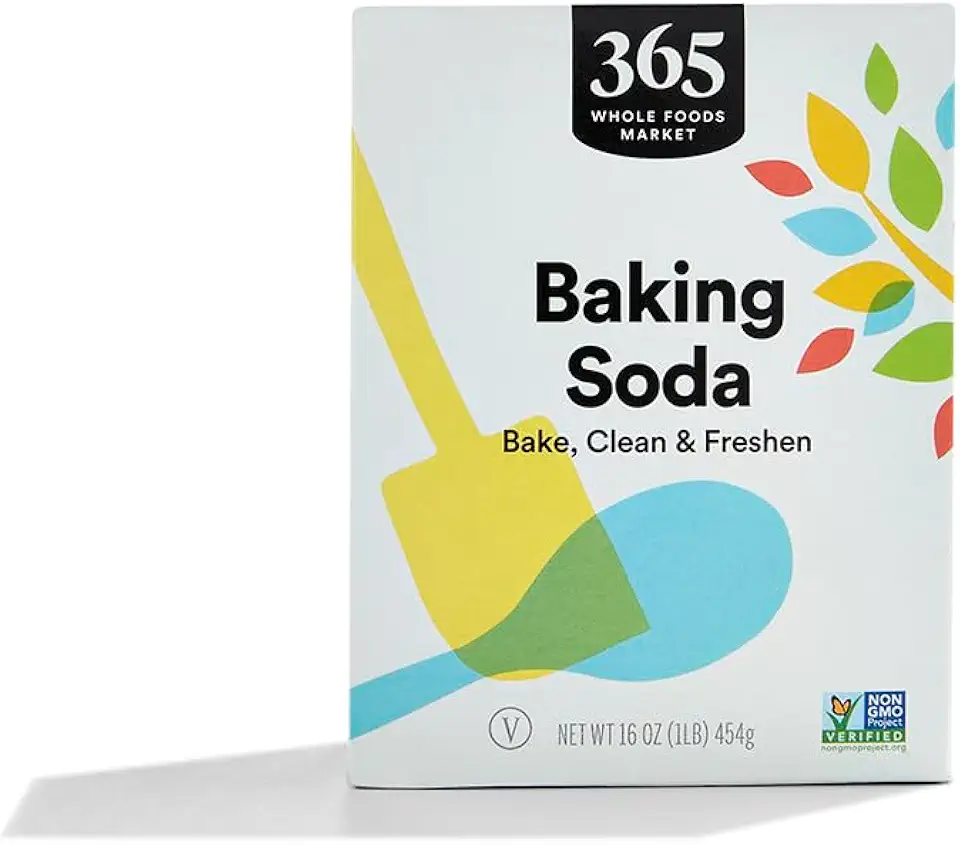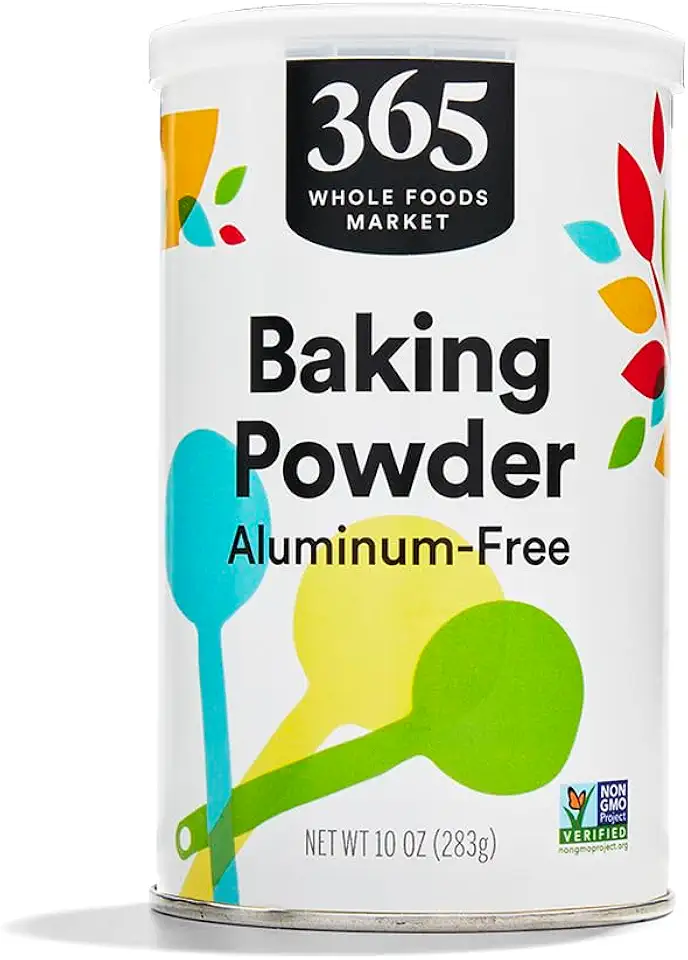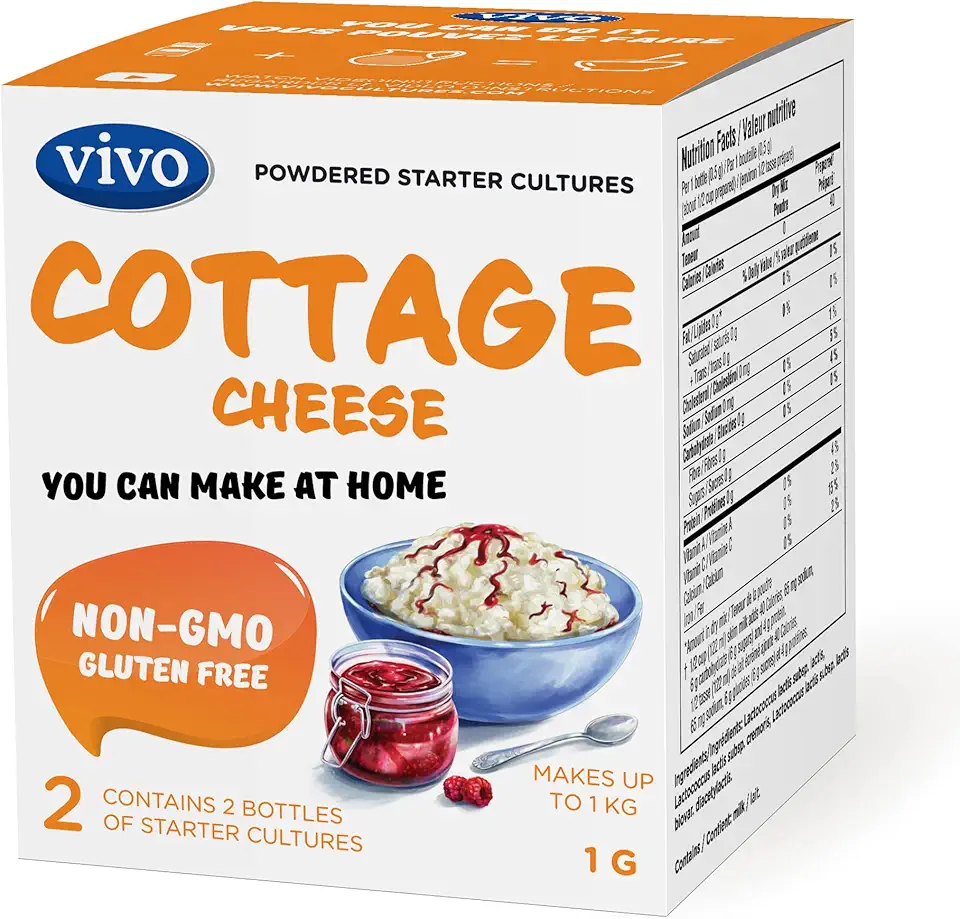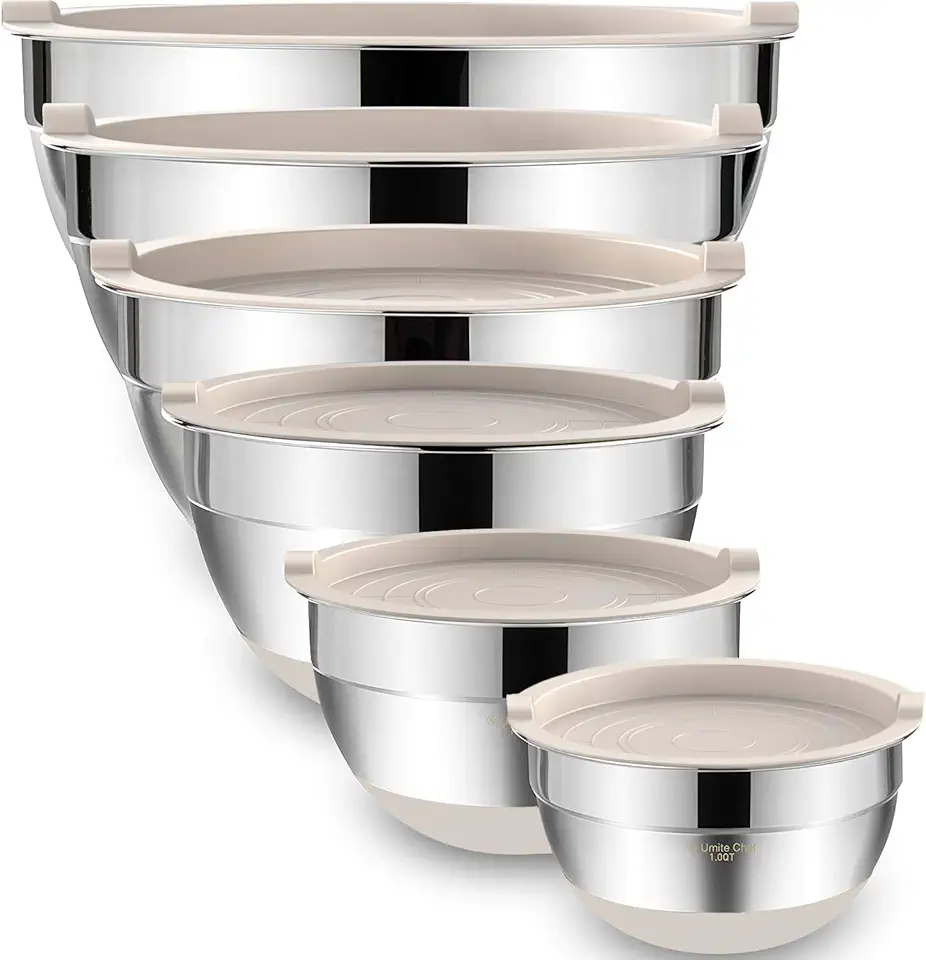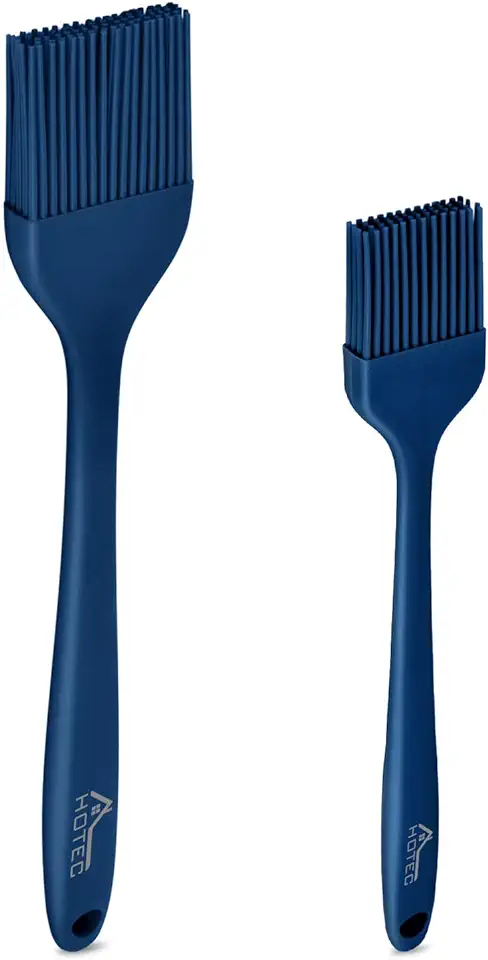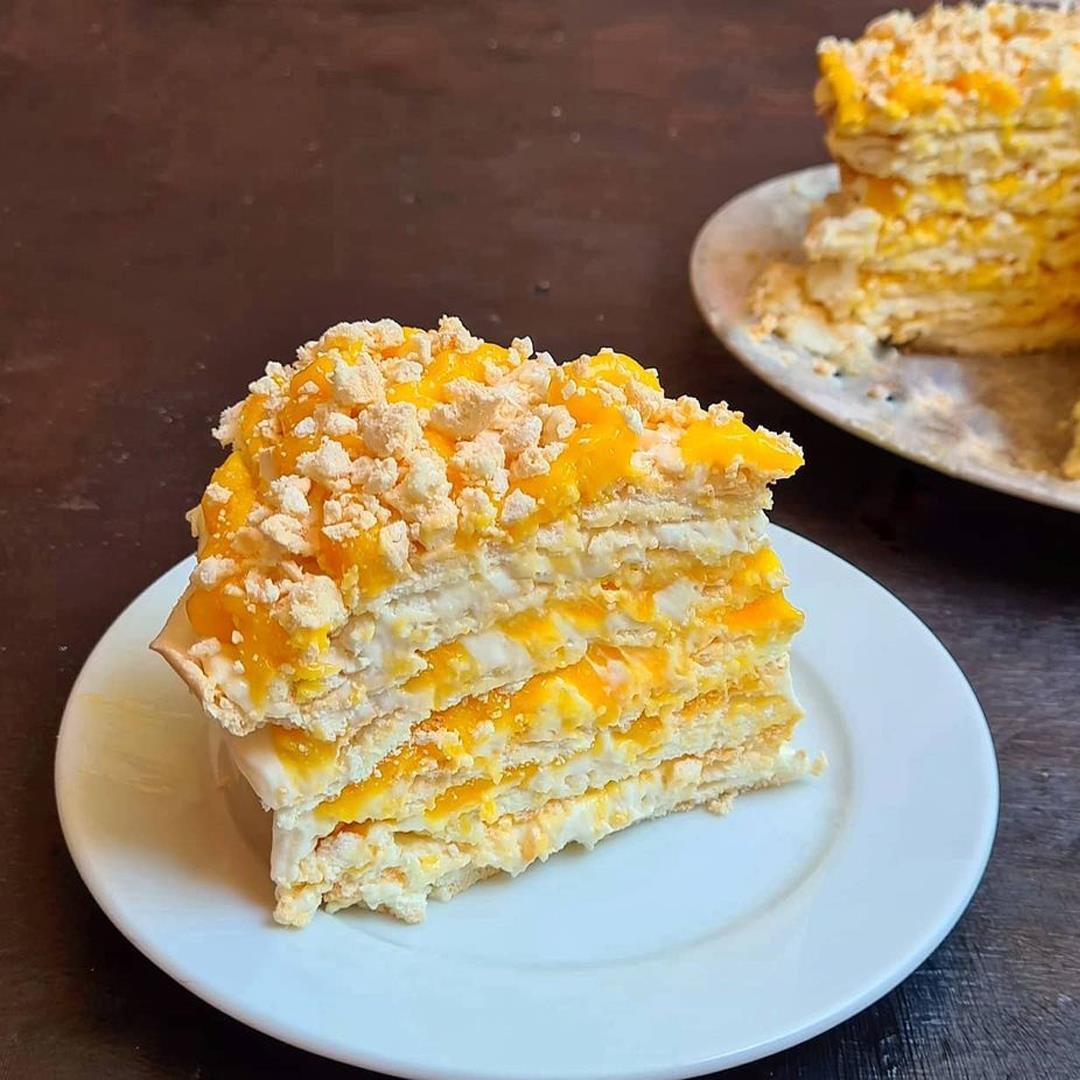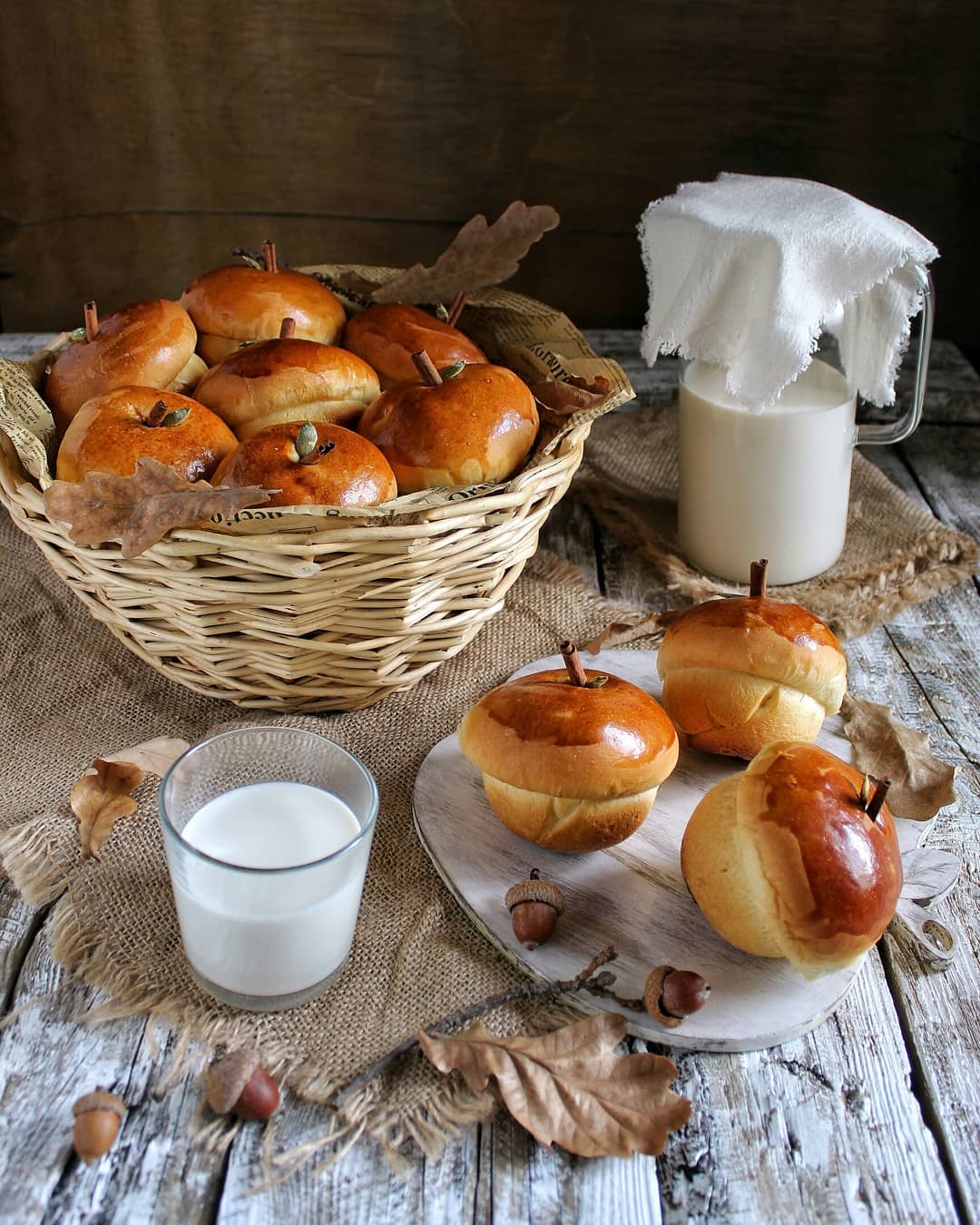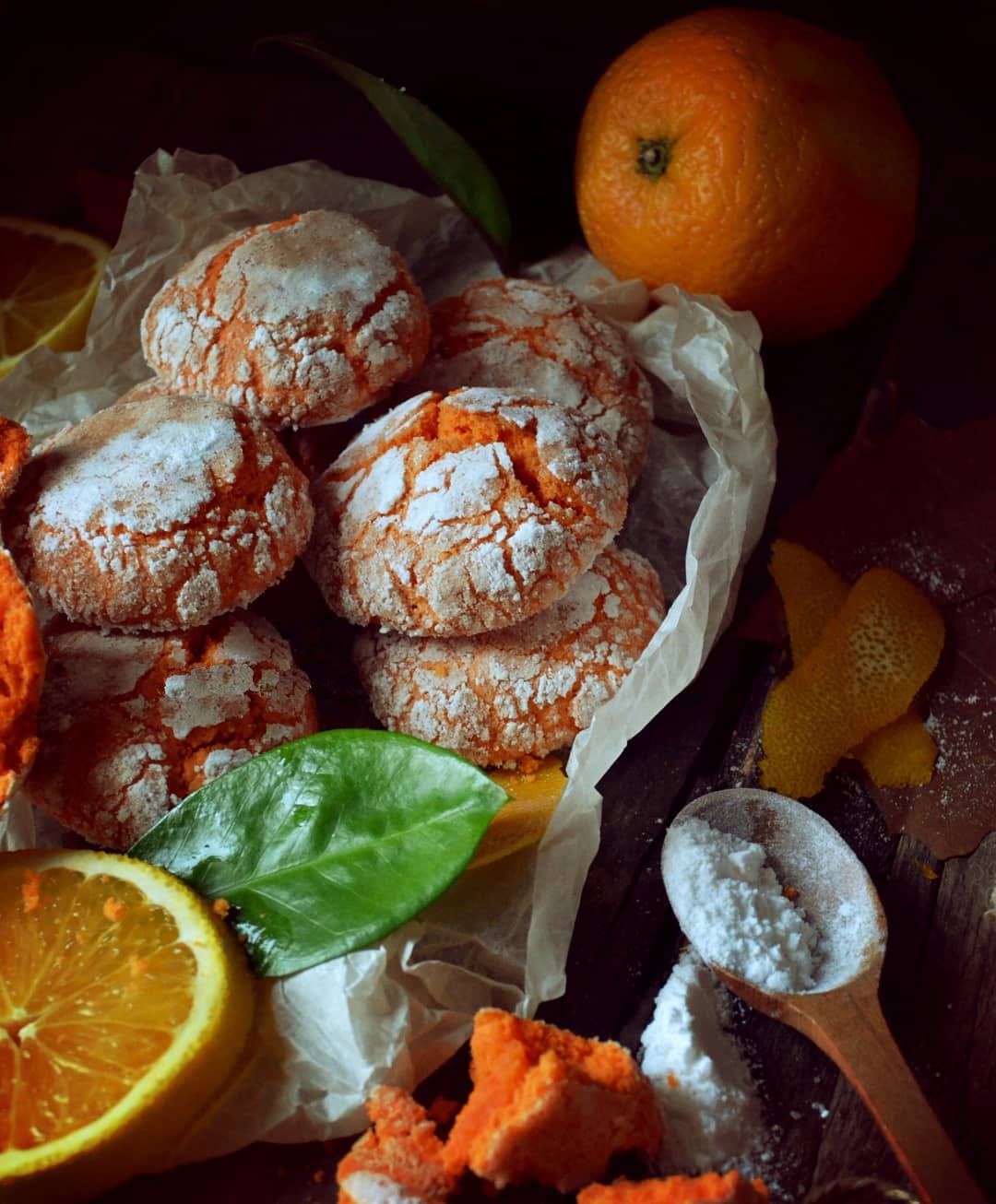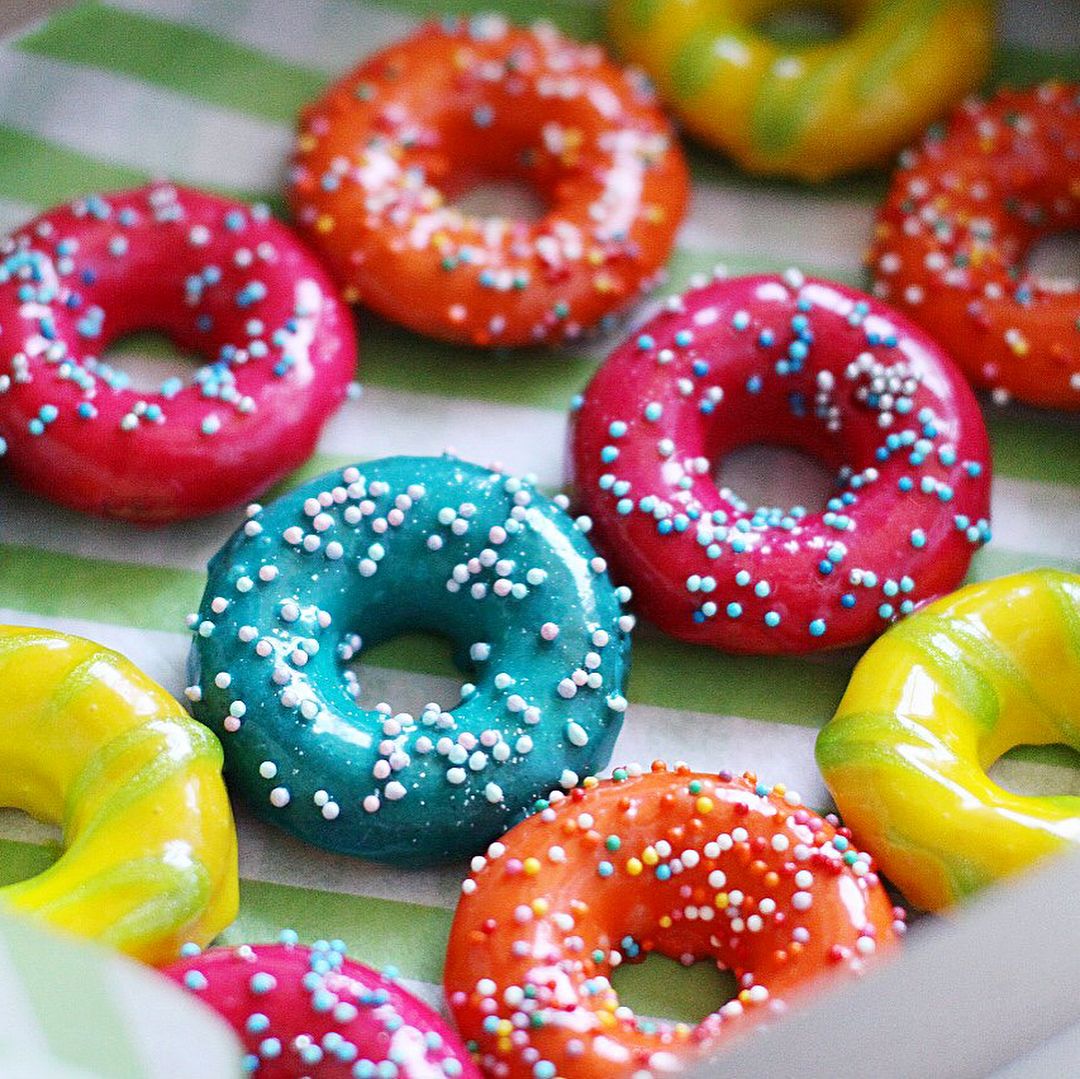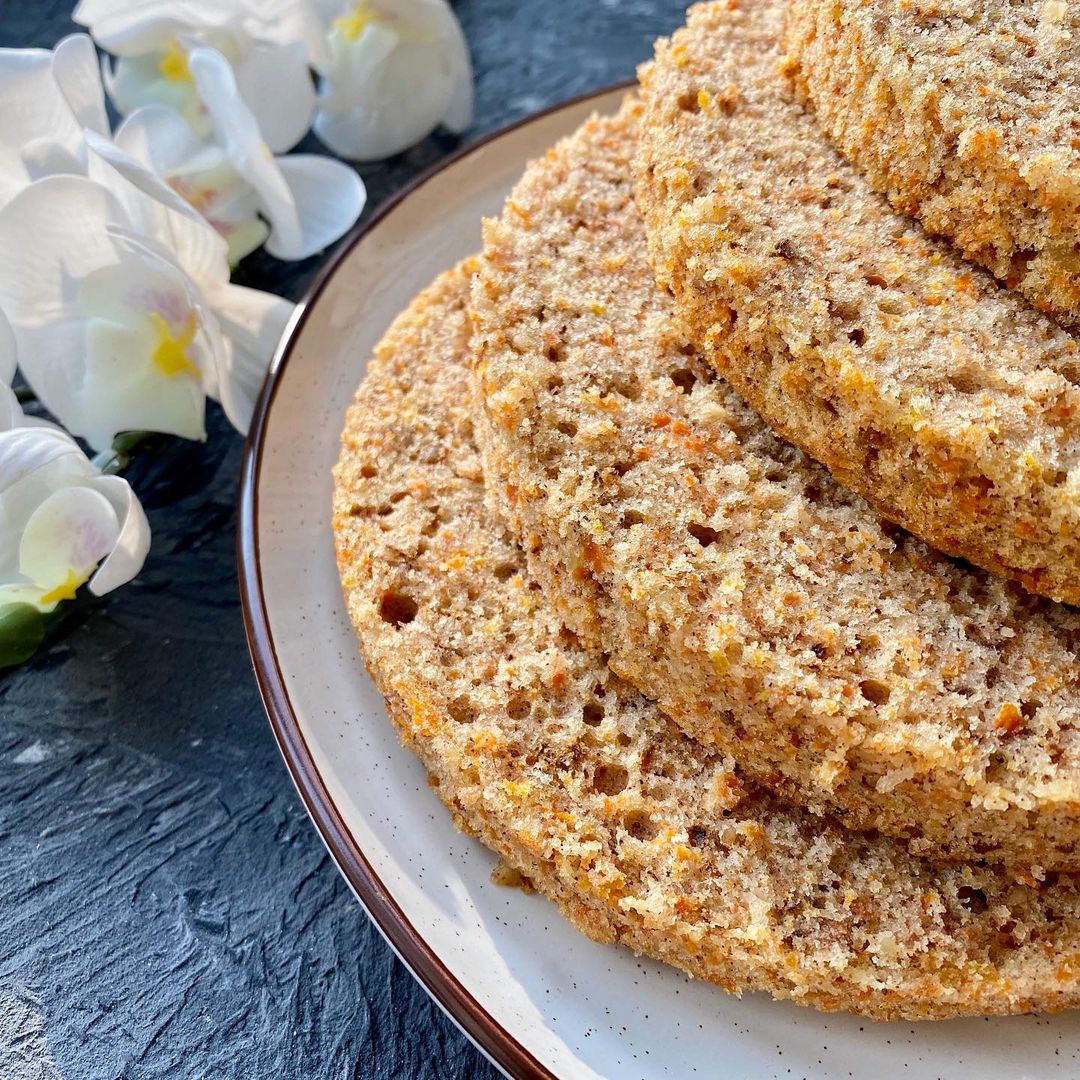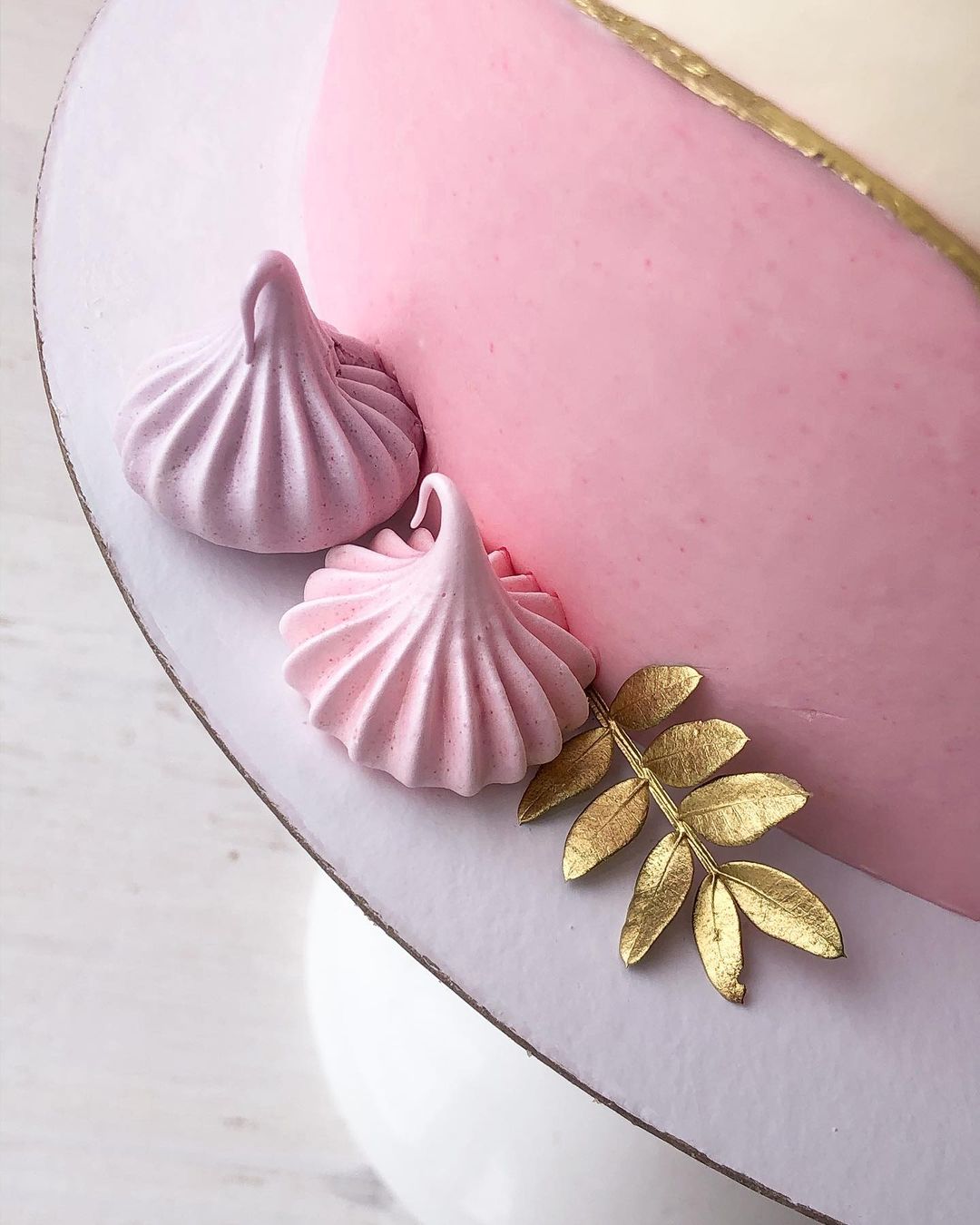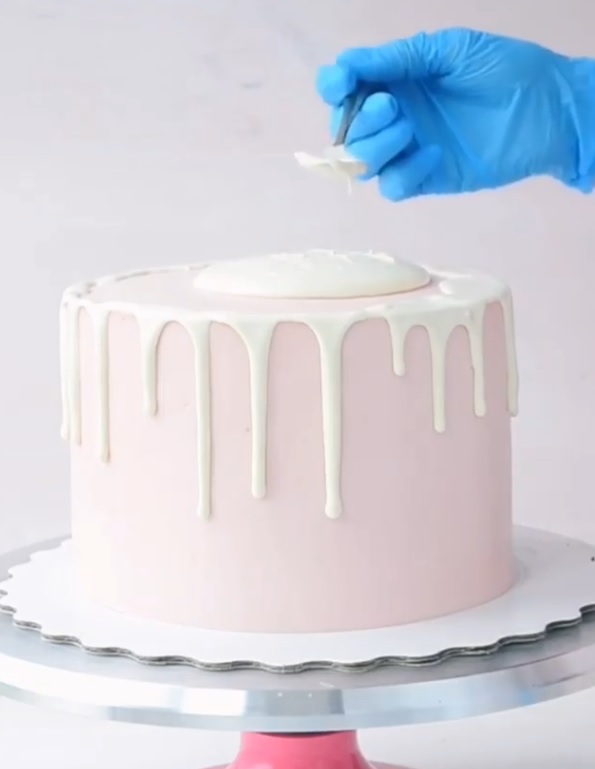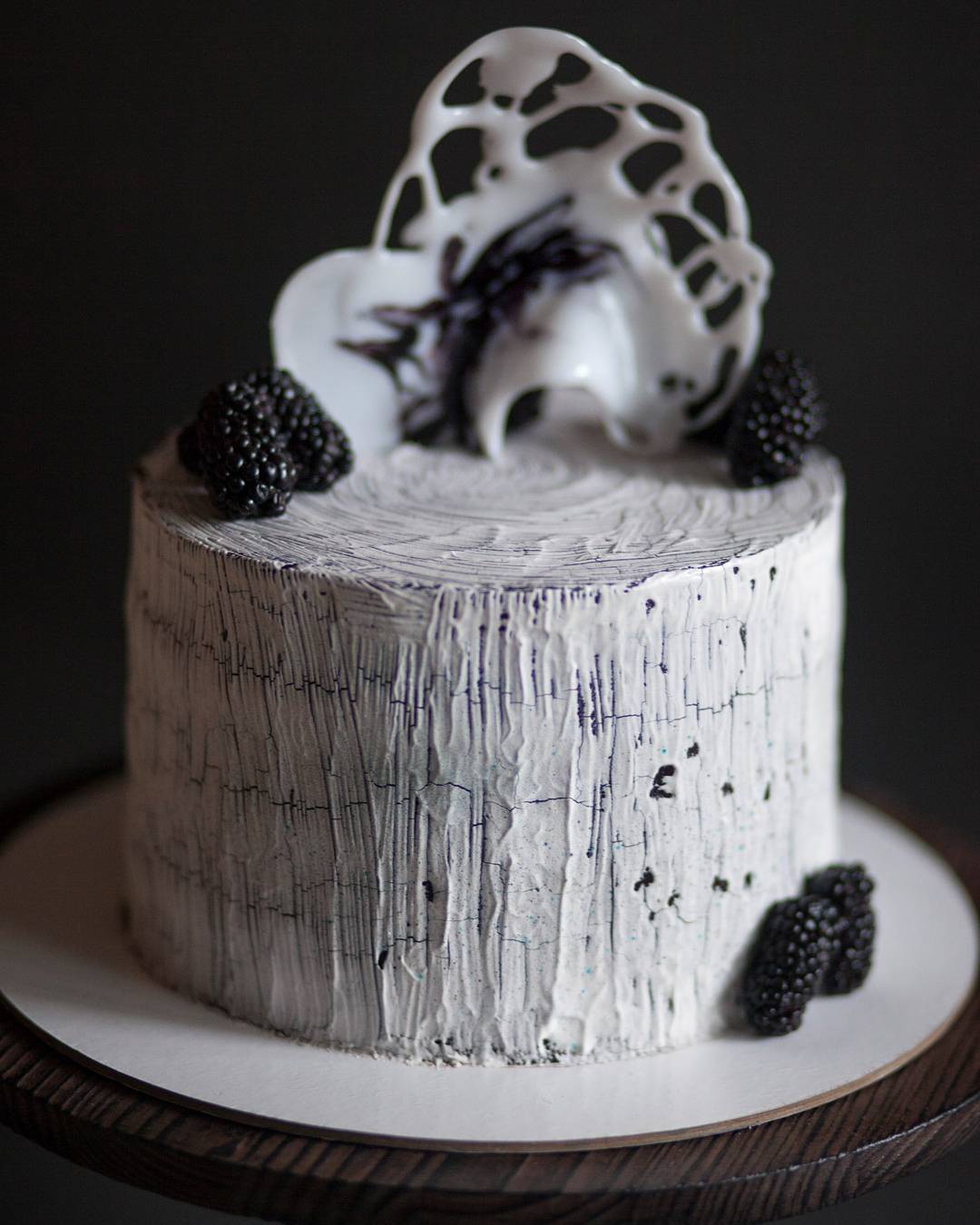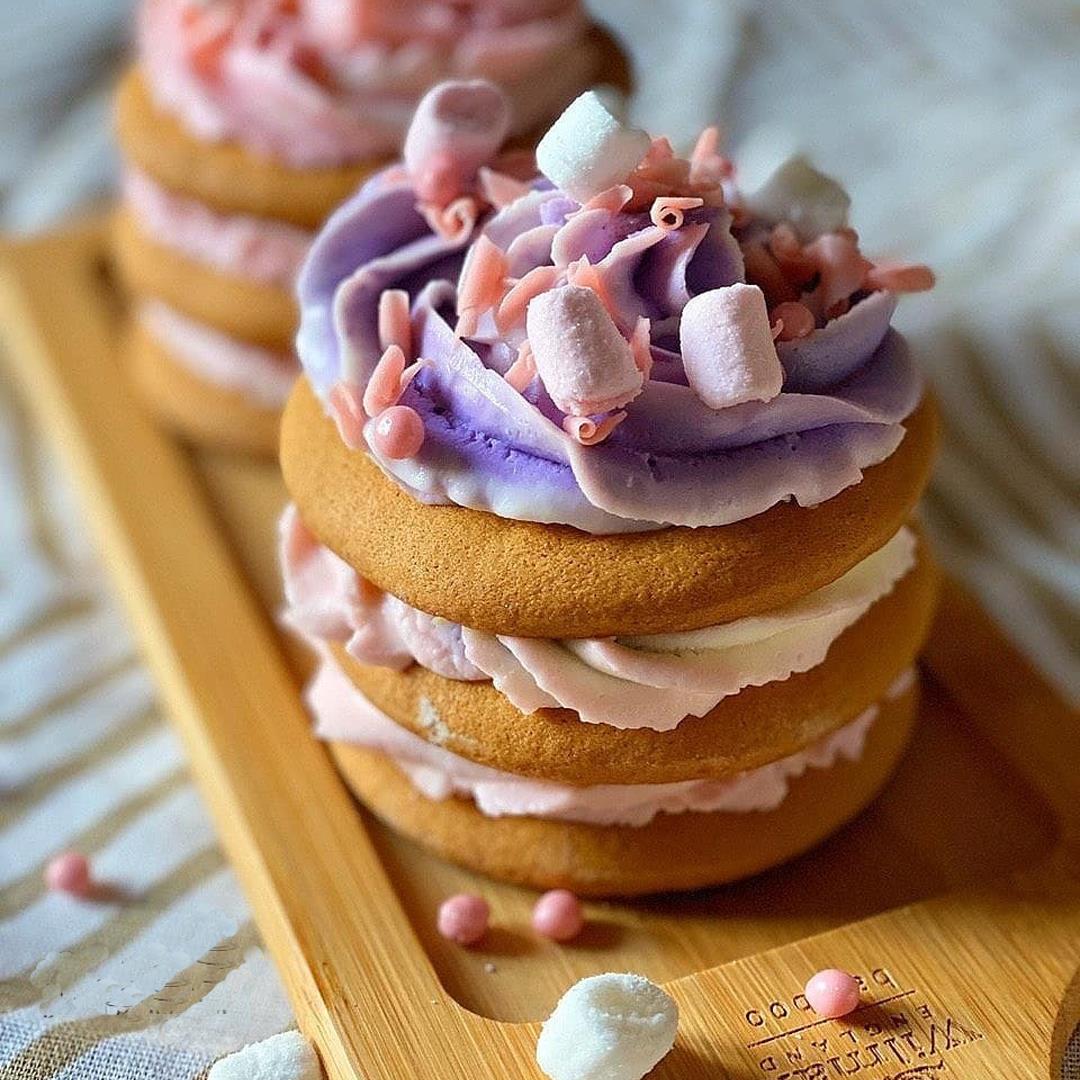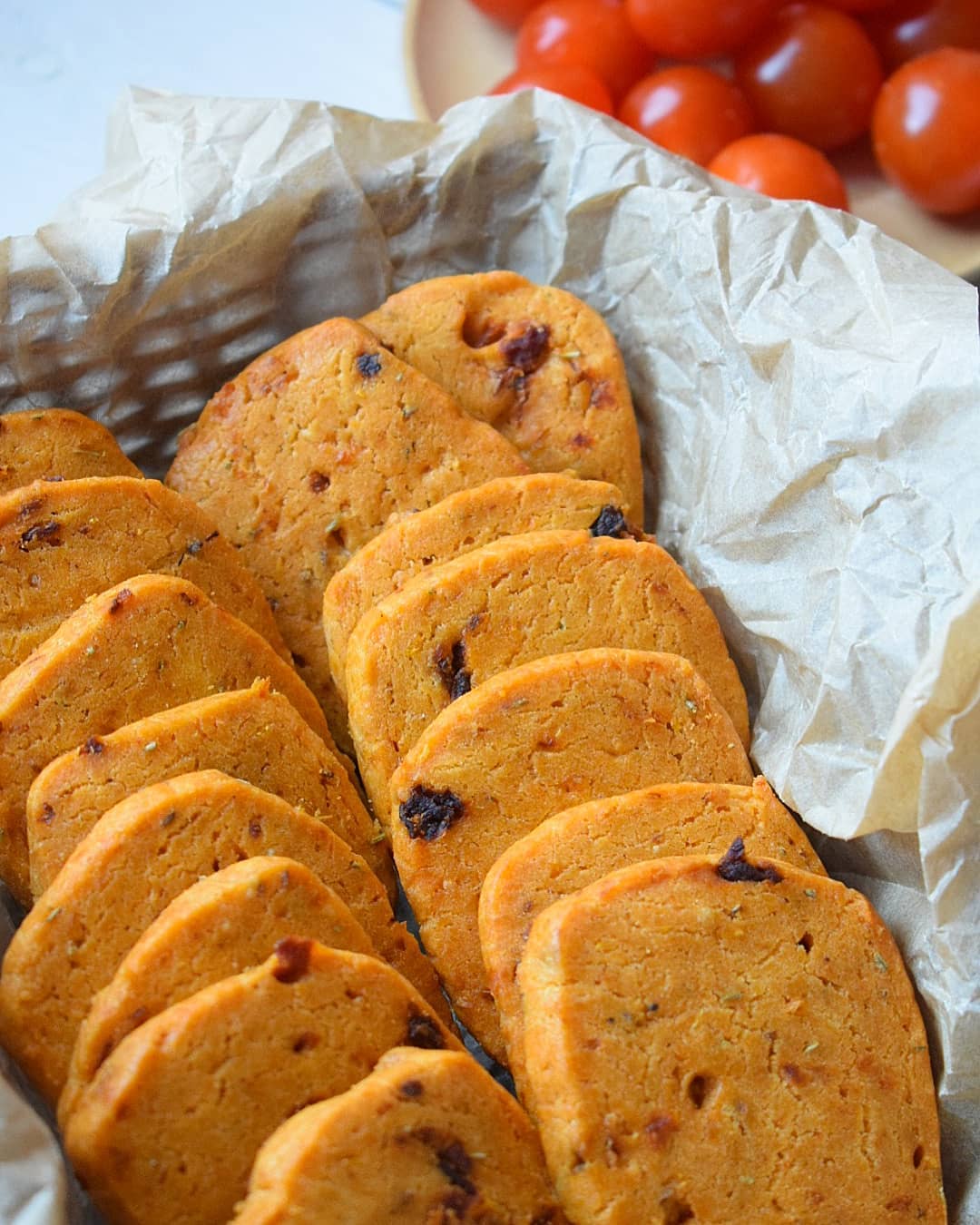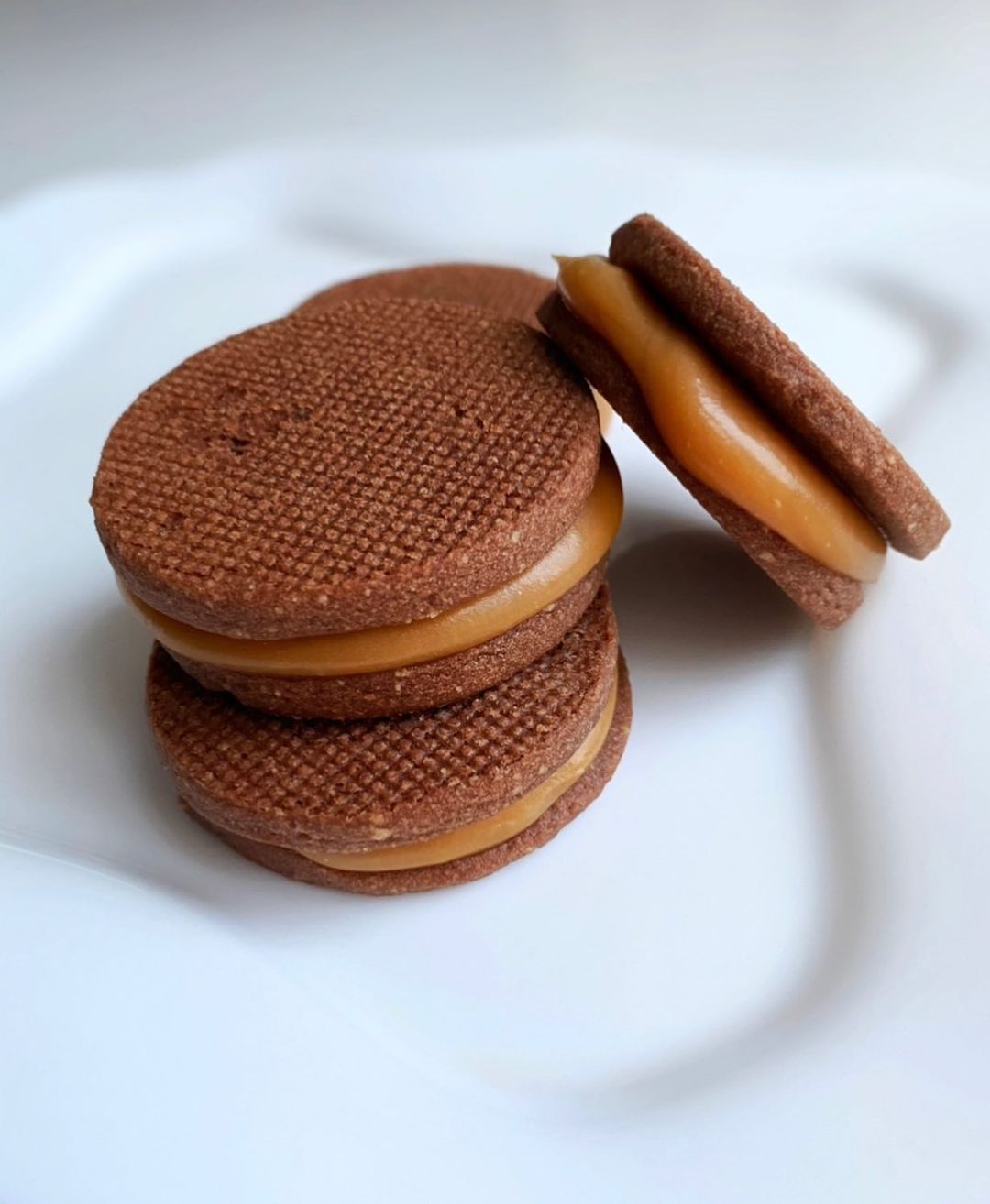Ingredients
Dough
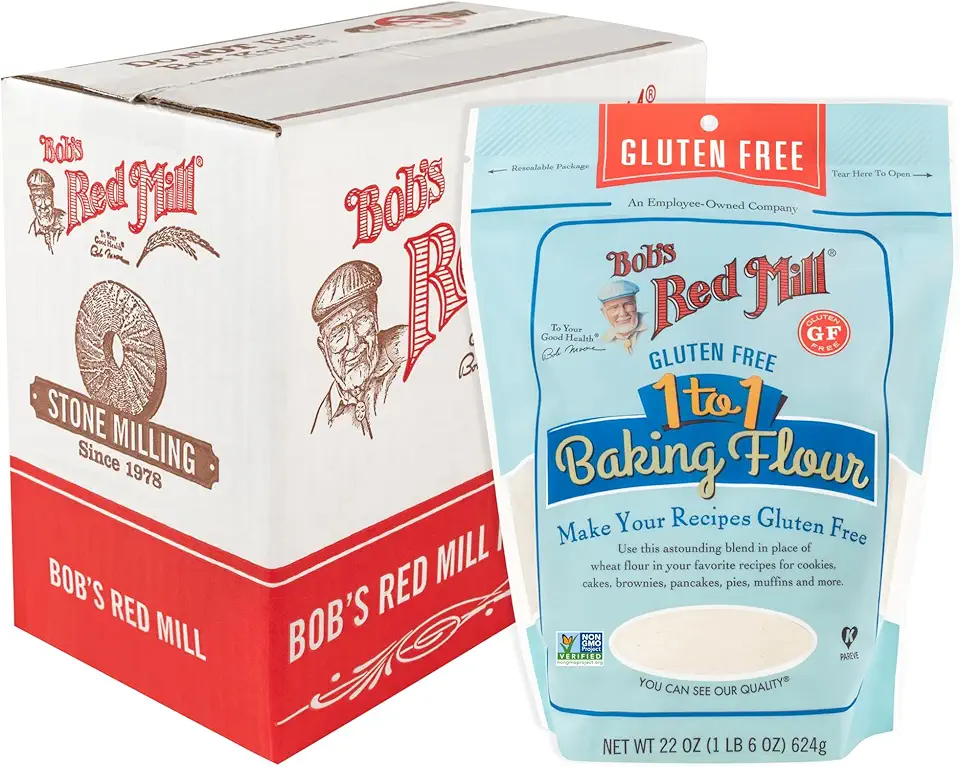 Bob's Red Mill Gluten Free 1-to-1 Baking Flour, 22 Ounce (Pack of 4)
$23.96
View details
Prime
Bob's Red Mill Gluten Free 1-to-1 Baking Flour, 22 Ounce (Pack of 4)
$23.96
View details
Prime
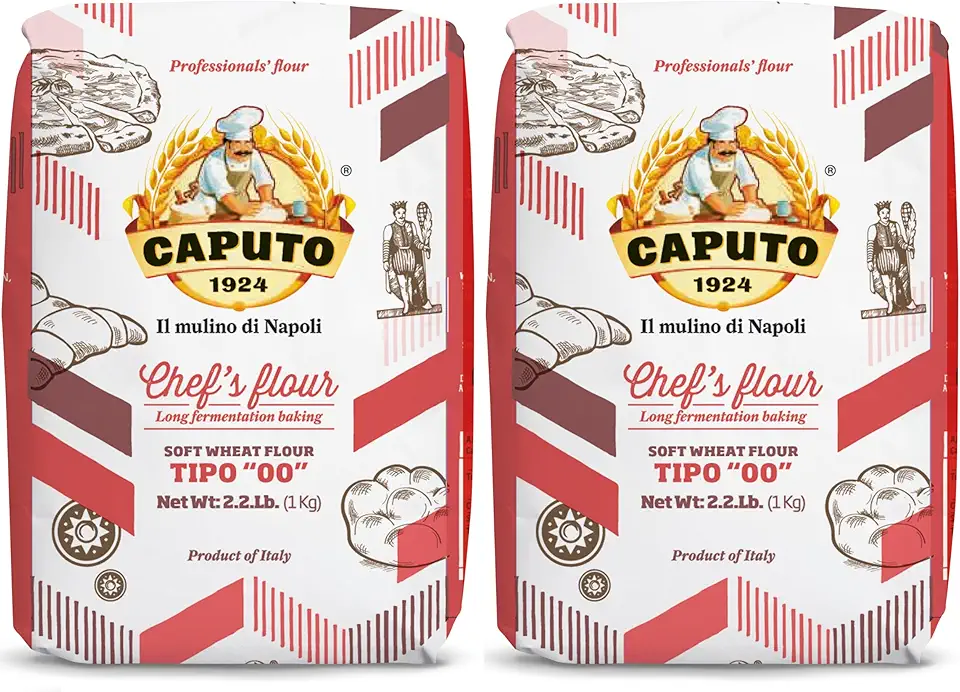 Antimo Caputo Chefs Flour - Italian Double Zero 00 - Soft Wheat for Pizza Dough, Bread, & Pasta, 2.2 Lb (Pack of 2)
$16.99
View details
Prime
best seller
Antimo Caputo Chefs Flour - Italian Double Zero 00 - Soft Wheat for Pizza Dough, Bread, & Pasta, 2.2 Lb (Pack of 2)
$16.99
View details
Prime
best seller
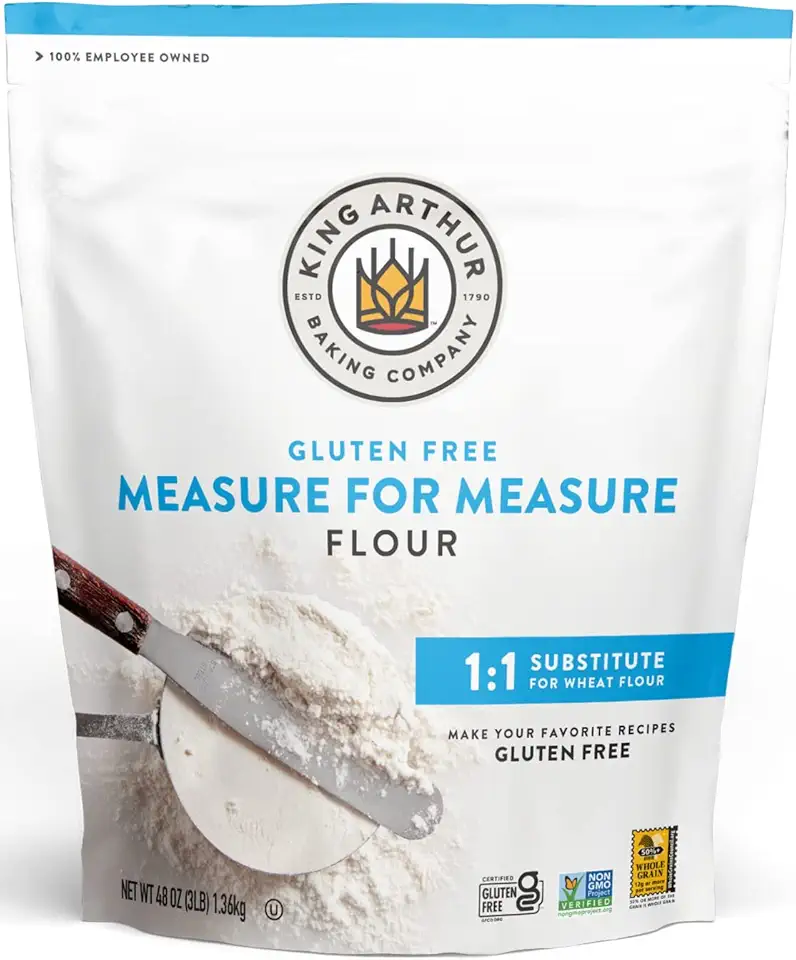 King Arthur, Measure for Measure Flour, Certified Gluten-Free, Non-GMO Project Verified, Certified Kosher, 3 Pounds, Packaging May Vary
$8.62
View details
King Arthur, Measure for Measure Flour, Certified Gluten-Free, Non-GMO Project Verified, Certified Kosher, 3 Pounds, Packaging May Vary
$8.62
View details
 Kevala Cashew Butter 7 Lbs Pail
$83.62
View details
Prime
best seller
Kevala Cashew Butter 7 Lbs Pail
$83.62
View details
Prime
best seller
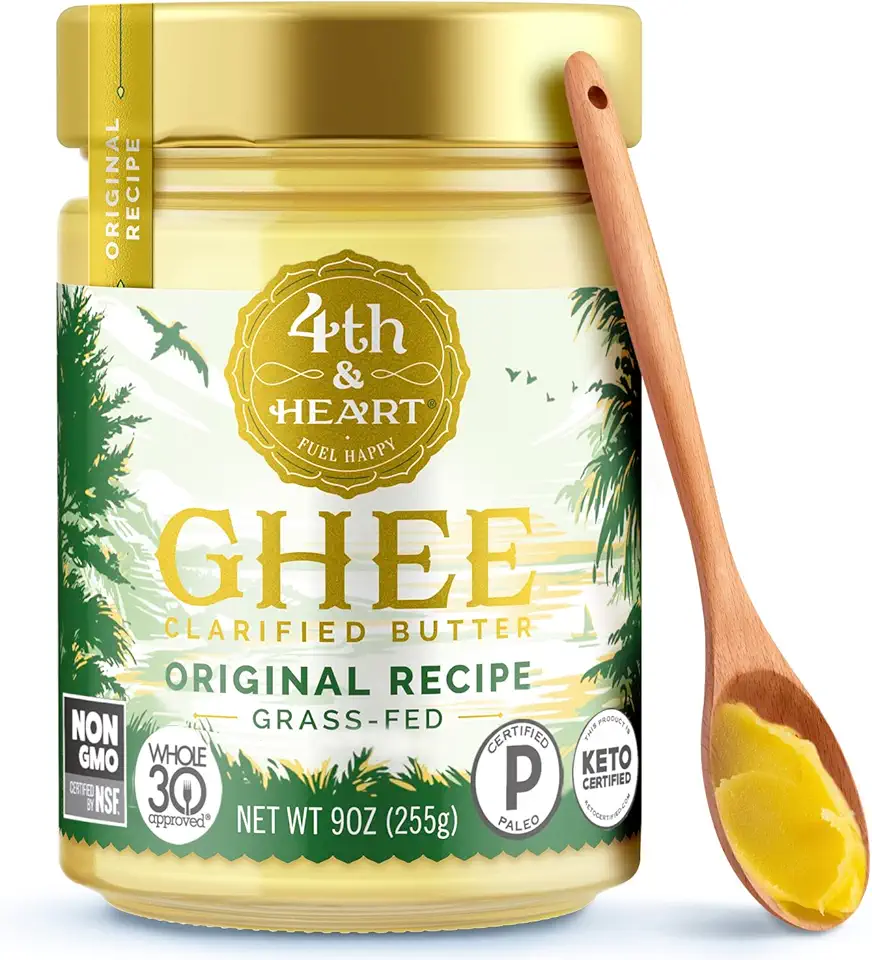 4th & Heart Original Grass-Fed Ghee, Clarified Butter, Keto, Pasture Raised, Lactose and Casein Free, Certified Paleo (9 Ounces)
$11.49
View details
Prime
4th & Heart Original Grass-Fed Ghee, Clarified Butter, Keto, Pasture Raised, Lactose and Casein Free, Certified Paleo (9 Ounces)
$11.49
View details
Prime
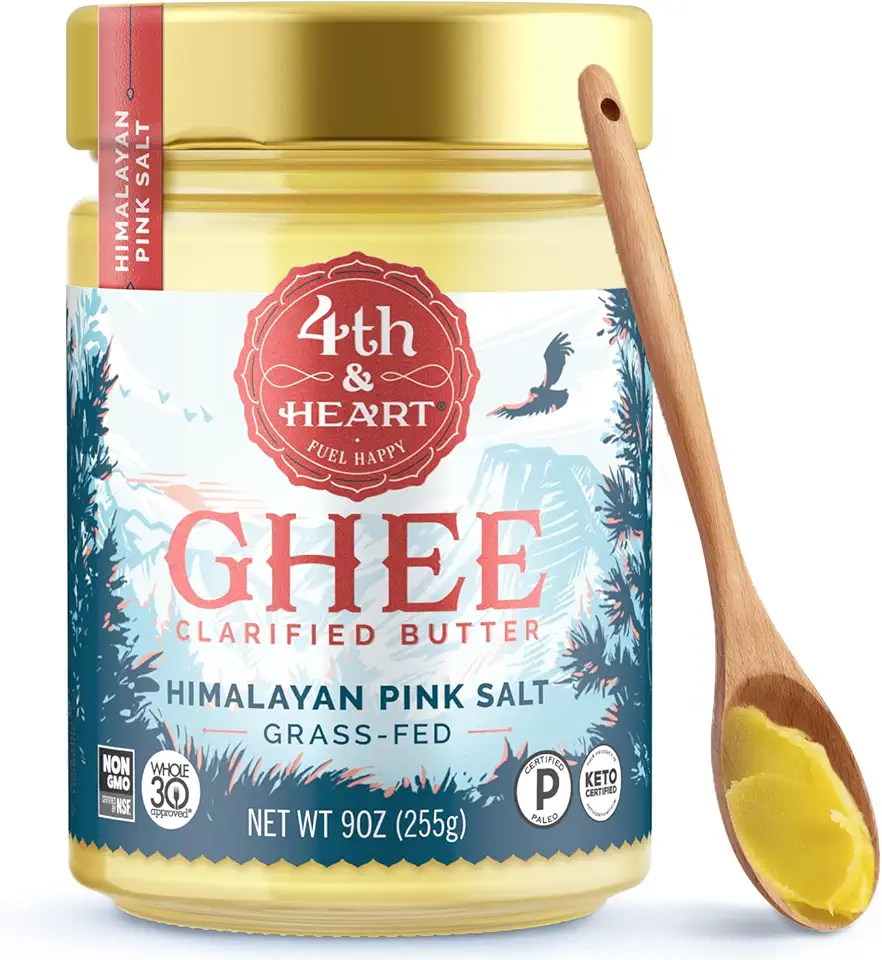 4th & Heart Himalayan Pink Salt Grass-Fed Ghee, Clarified Butter, Keto Pasture Raised, Non-GMO, Lactose and Casein Free, Certified Paleo (9 Ounces)
$9.49
View details
4th & Heart Himalayan Pink Salt Grass-Fed Ghee, Clarified Butter, Keto Pasture Raised, Non-GMO, Lactose and Casein Free, Certified Paleo (9 Ounces)
$9.49
View details
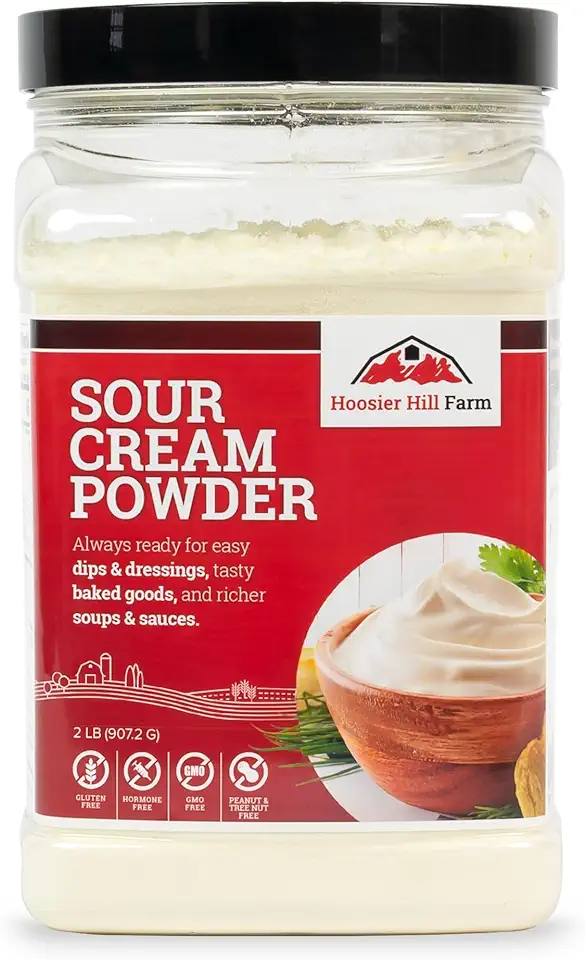 Hoosier Hill Farm Sour Cream Powder, 2LB (Pack of 1)
$29.99
View details
Prime
Hoosier Hill Farm Sour Cream Powder, 2LB (Pack of 1)
$29.99
View details
Prime
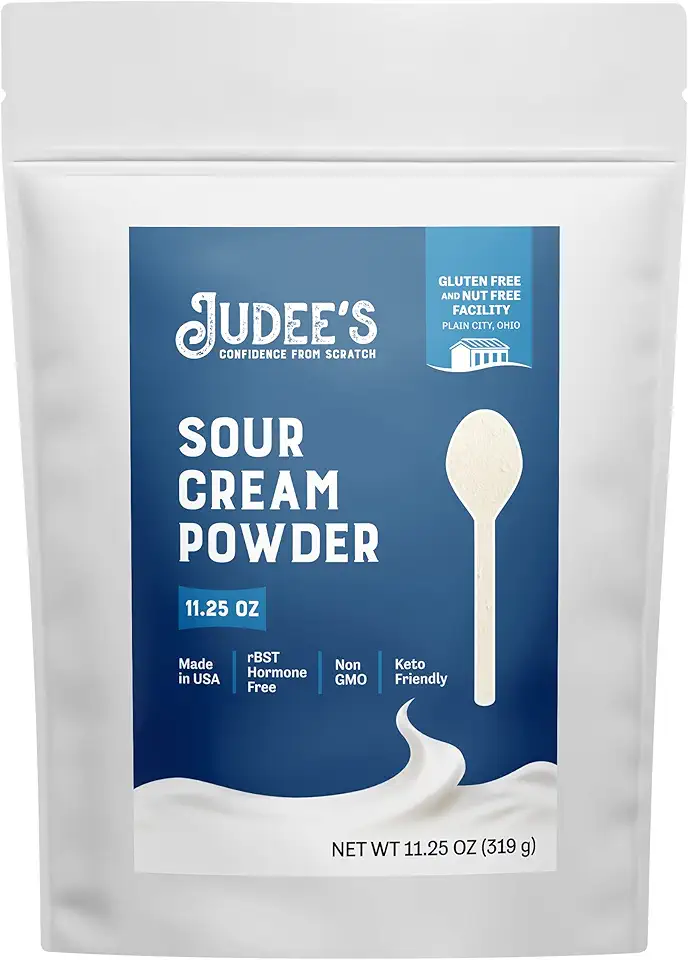 Judee’s Sour Cream Powder 11.25 oz - 100% Non-GMO, rBST Hormone-Free - Keto-Friendly, Gluten-Free & Nut-Free - Made from Real Sour Cream Powdered - Made in USA - Great for Baking, Toppings, and Dips
$16.99
View details
Prime
Judee’s Sour Cream Powder 11.25 oz - 100% Non-GMO, rBST Hormone-Free - Keto-Friendly, Gluten-Free & Nut-Free - Made from Real Sour Cream Powdered - Made in USA - Great for Baking, Toppings, and Dips
$16.99
View details
Prime
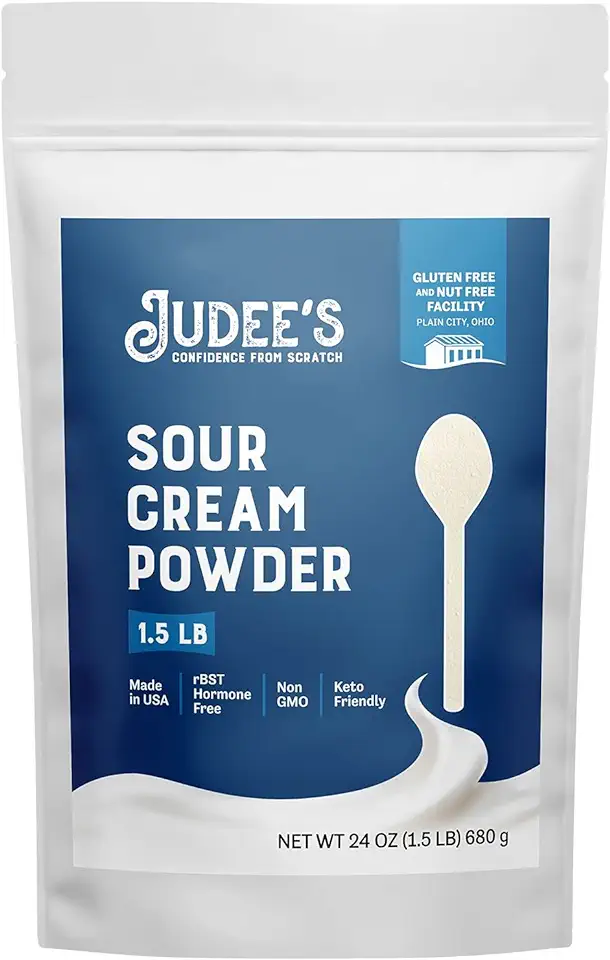 Judee's Sour Cream Powder 0.68KG (1.5 LB) - Made from Real Sour Cream, Non GMO, rBST Hormone Free, Made in USA, Keto Friendly,- Dedicated Gluten & Nut Free Facility
$25.99
View details
Judee's Sour Cream Powder 0.68KG (1.5 LB) - Made from Real Sour Cream, Non GMO, rBST Hormone Free, Made in USA, Keto Friendly,- Dedicated Gluten & Nut Free Facility
$25.99
View details
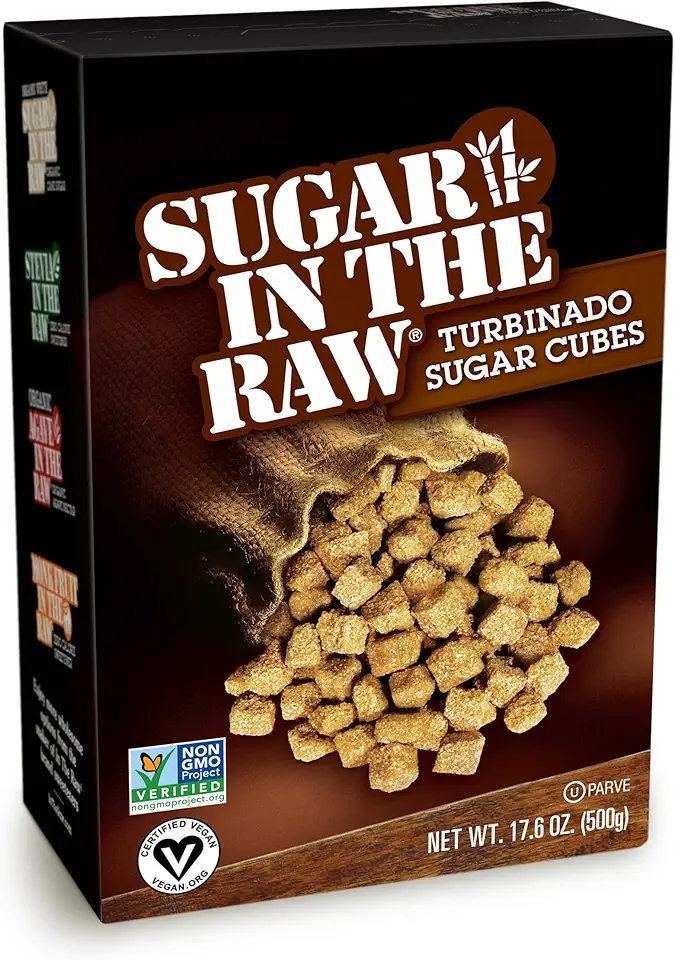 Sugar In The Raw Granulated Turbinado Cane Sugar Cubes, No Added Flavors or erythritol, Pure Natural Sweetener, Hot & Cold Drinks, Coffee, Vegan, Gluten-Free, Non-GMO,Pack of 1
$5.27
View details
Prime
Sugar In The Raw Granulated Turbinado Cane Sugar Cubes, No Added Flavors or erythritol, Pure Natural Sweetener, Hot & Cold Drinks, Coffee, Vegan, Gluten-Free, Non-GMO,Pack of 1
$5.27
View details
Prime
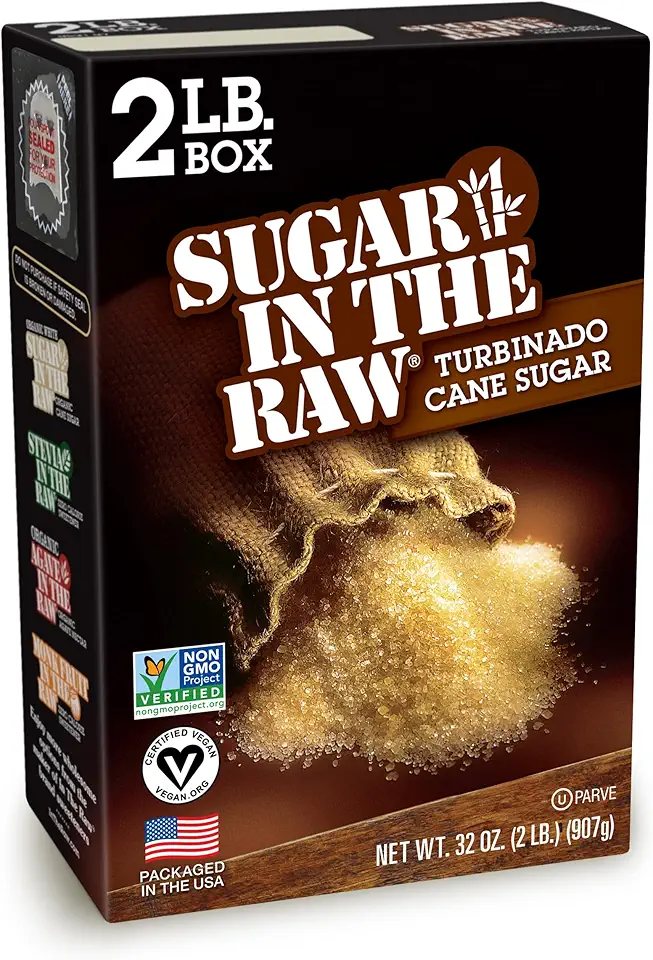 Sugar In The Raw Granulated Turbinado Cane Sugar, No Added Flavors or erythritol, Pure Natural Sweetener, Hot & Cold Drinks, Coffee, Baking, Vegan, Gluten-Free, Non-GMO, Bulk Sugar, 2lb Bag (1-Pack)
$3.74
$4.14
View details
Prime
Sugar In The Raw Granulated Turbinado Cane Sugar, No Added Flavors or erythritol, Pure Natural Sweetener, Hot & Cold Drinks, Coffee, Baking, Vegan, Gluten-Free, Non-GMO, Bulk Sugar, 2lb Bag (1-Pack)
$3.74
$4.14
View details
Prime
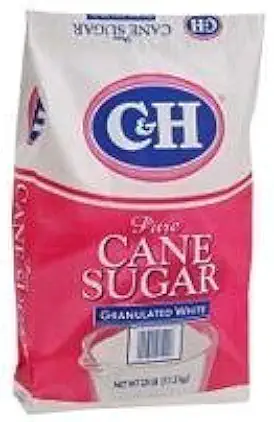 C&H Pure Cane Granulated White Sugar, 25-Pound Bags
$56.99
$49.98
View details
C&H Pure Cane Granulated White Sugar, 25-Pound Bags
$56.99
$49.98
View details
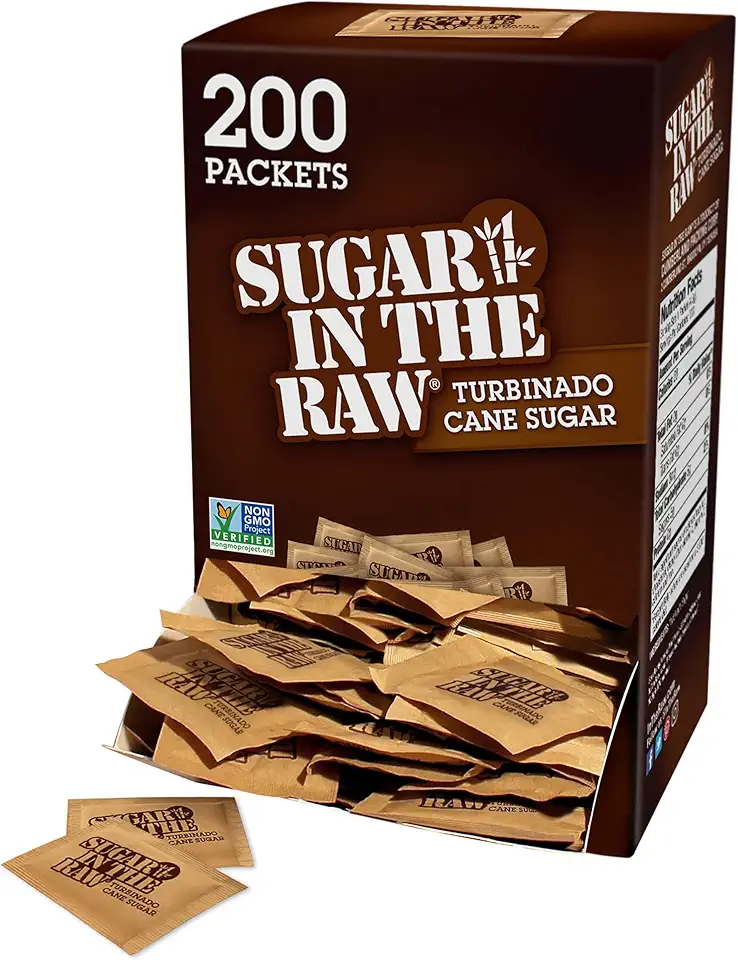 Sugar In The Raw Turbinado Cane Sugar Packets, 200 Count, Natural Sweetener for Drinks and Baking, Vegan, Gluten-Free, Non-GMO
$7.38
$23.99
View details
Prime
Sugar In The Raw Turbinado Cane Sugar Packets, 200 Count, Natural Sweetener for Drinks and Baking, Vegan, Gluten-Free, Non-GMO
$7.38
$23.99
View details
Prime
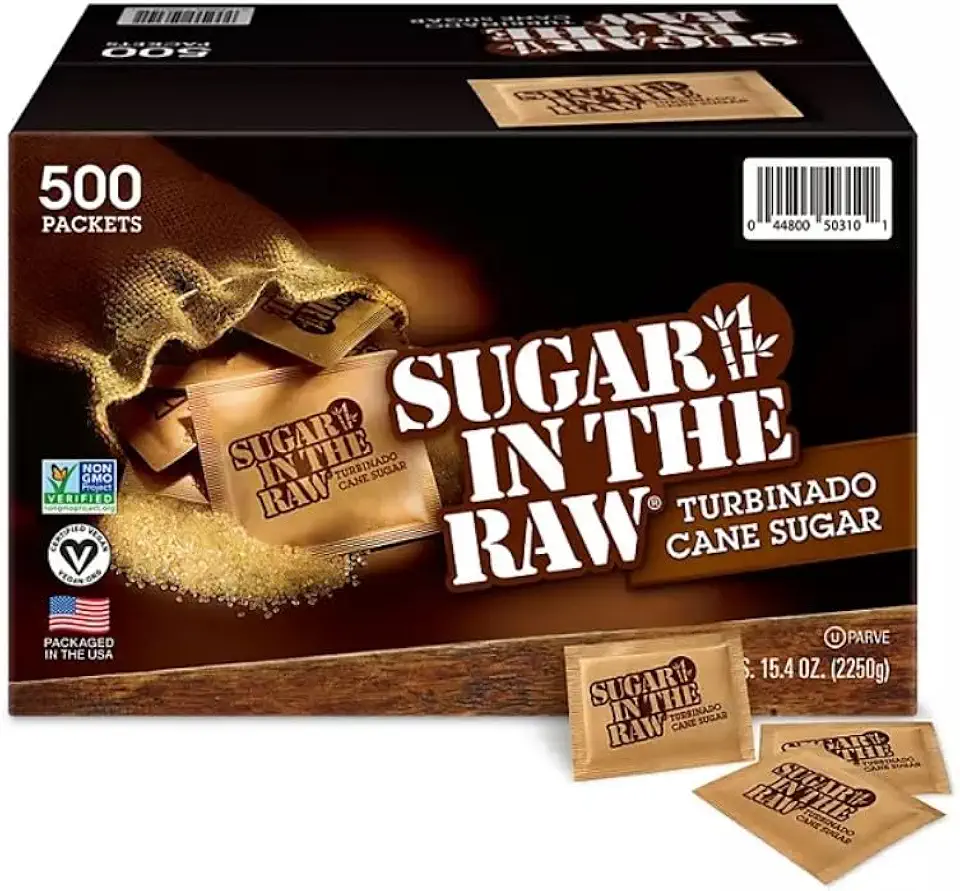 Sugar InThe Raw Packets 500 Count - Brown Sugar Packets - Natural Sweetener for Drinks and Baking -Sugar Packets for Home, Office, Coffee, Bar, Gift,Restaurants, & Coffee Stations - GLUTEN FREE - VEGAN
$32.50
View details
Prime
Sugar InThe Raw Packets 500 Count - Brown Sugar Packets - Natural Sweetener for Drinks and Baking -Sugar Packets for Home, Office, Coffee, Bar, Gift,Restaurants, & Coffee Stations - GLUTEN FREE - VEGAN
$32.50
View details
Prime
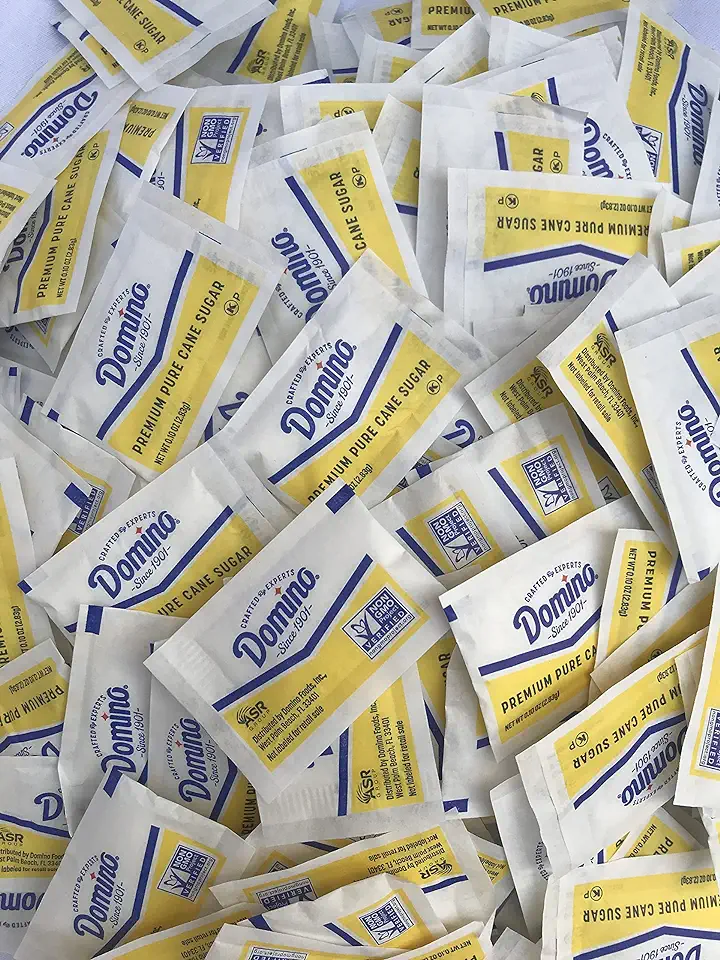 Domino Sugar Packets, 500Count, Restaurant Quality
$12.79
$13.19
View details
Domino Sugar Packets, 500Count, Restaurant Quality
$12.79
$13.19
View details
Filling
 Sugar In The Raw Granulated Turbinado Cane Sugar Cubes, No Added Flavors or erythritol, Pure Natural Sweetener, Hot & Cold Drinks, Coffee, Vegan, Gluten-Free, Non-GMO,Pack of 1
$5.27
View details
Prime
Sugar In The Raw Granulated Turbinado Cane Sugar Cubes, No Added Flavors or erythritol, Pure Natural Sweetener, Hot & Cold Drinks, Coffee, Vegan, Gluten-Free, Non-GMO,Pack of 1
$5.27
View details
Prime
 Sugar In The Raw Granulated Turbinado Cane Sugar, No Added Flavors or erythritol, Pure Natural Sweetener, Hot & Cold Drinks, Coffee, Baking, Vegan, Gluten-Free, Non-GMO, Bulk Sugar, 2lb Bag (1-Pack)
$3.74
$4.14
View details
Prime
Sugar In The Raw Granulated Turbinado Cane Sugar, No Added Flavors or erythritol, Pure Natural Sweetener, Hot & Cold Drinks, Coffee, Baking, Vegan, Gluten-Free, Non-GMO, Bulk Sugar, 2lb Bag (1-Pack)
$3.74
$4.14
View details
Prime
 C&H Pure Cane Granulated White Sugar, 25-Pound Bags
$56.99
$49.98
View details
C&H Pure Cane Granulated White Sugar, 25-Pound Bags
$56.99
$49.98
View details
 Sugar InThe Raw Packets 500 Count - Brown Sugar Packets - Natural Sweetener for Drinks and Baking -Sugar Packets for Home, Office, Coffee, Bar, Gift,Restaurants, & Coffee Stations - GLUTEN FREE - VEGAN
$32.50
View details
Prime
Sugar InThe Raw Packets 500 Count - Brown Sugar Packets - Natural Sweetener for Drinks and Baking -Sugar Packets for Home, Office, Coffee, Bar, Gift,Restaurants, & Coffee Stations - GLUTEN FREE - VEGAN
$32.50
View details
Prime
 Domino Sugar Packets, 500Count, Restaurant Quality
$12.79
$13.19
View details
Domino Sugar Packets, 500Count, Restaurant Quality
$12.79
$13.19
View details
 Bob's Red Mill Gluten Free 1-to-1 Baking Flour, 22 Ounce (Pack of 4)
$23.96
View details
Prime
Bob's Red Mill Gluten Free 1-to-1 Baking Flour, 22 Ounce (Pack of 4)
$23.96
View details
Prime
 Antimo Caputo Chefs Flour - Italian Double Zero 00 - Soft Wheat for Pizza Dough, Bread, & Pasta, 2.2 Lb (Pack of 2)
$16.99
View details
Prime
best seller
Antimo Caputo Chefs Flour - Italian Double Zero 00 - Soft Wheat for Pizza Dough, Bread, & Pasta, 2.2 Lb (Pack of 2)
$16.99
View details
Prime
best seller
 King Arthur, Measure for Measure Flour, Certified Gluten-Free, Non-GMO Project Verified, Certified Kosher, 3 Pounds, Packaging May Vary
$8.62
View details
King Arthur, Measure for Measure Flour, Certified Gluten-Free, Non-GMO Project Verified, Certified Kosher, 3 Pounds, Packaging May Vary
$8.62
View details
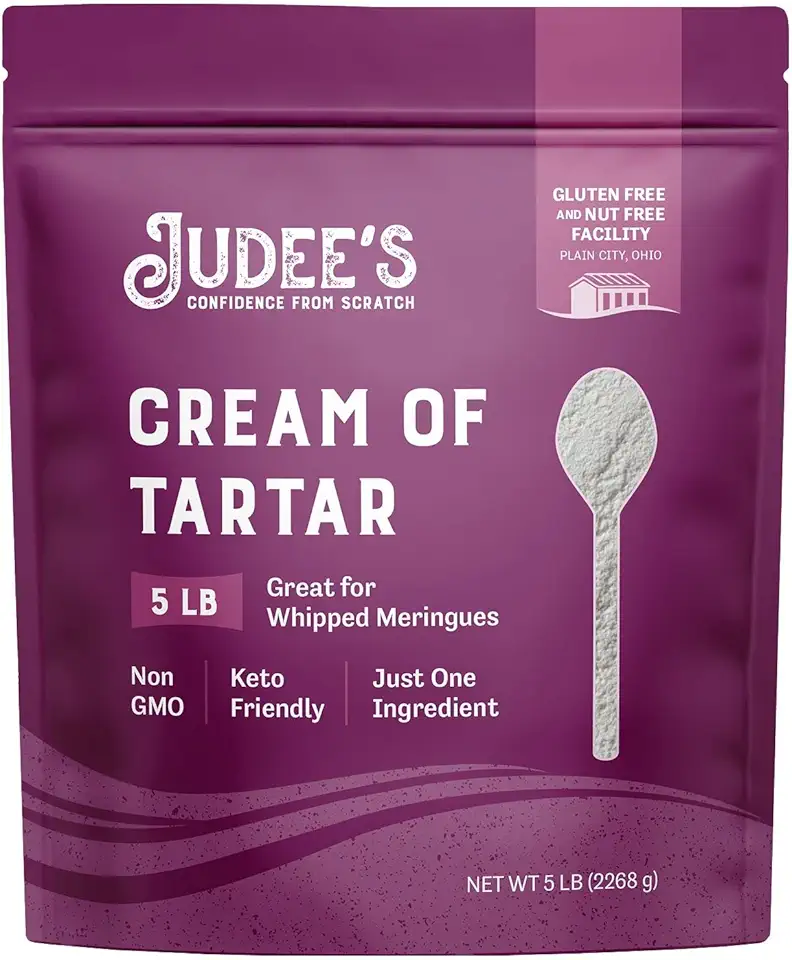 Judee’s Bulk Cream of Tartar 40 lb (5lb Pack of 8) - All Natural, Keto-Friendly, Gluten-Free & Nut-Free - Use for Baking as a Stabilizer, Cleaning and Crafting - Made in USA
$319.99
View details
Prime
Judee’s Bulk Cream of Tartar 40 lb (5lb Pack of 8) - All Natural, Keto-Friendly, Gluten-Free & Nut-Free - Use for Baking as a Stabilizer, Cleaning and Crafting - Made in USA
$319.99
View details
Prime
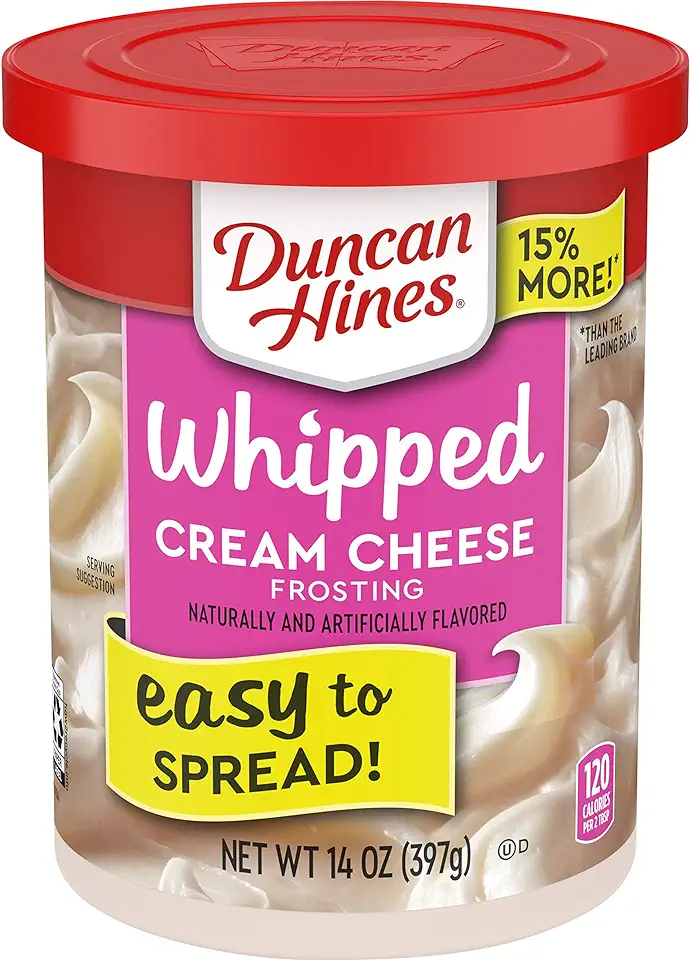 Duncan Hines Whipped Cream Cheese Frosting, 14 oz
$1.92
View details
Prime
Duncan Hines Whipped Cream Cheese Frosting, 14 oz
$1.92
View details
Prime
 Hoosier Hill Farm Sour Cream Powder, 2LB (Pack of 1)
$29.99
View details
Hoosier Hill Farm Sour Cream Powder, 2LB (Pack of 1)
$29.99
View details
For Brushing
Instructions
Step 1
Prepare the Dough
Step 2
Prepare the Filling
Step 3
Assemble and Bake
Servings
Equipment
Having various sizes will help when mixing dry and wet ingredients separately. Opt for stainless steel or glass for durability.
A non-stick rolling pin makes it easier to roll out dough without it sticking to the surface. Lightly flouring the pin can also help prevent sticking.
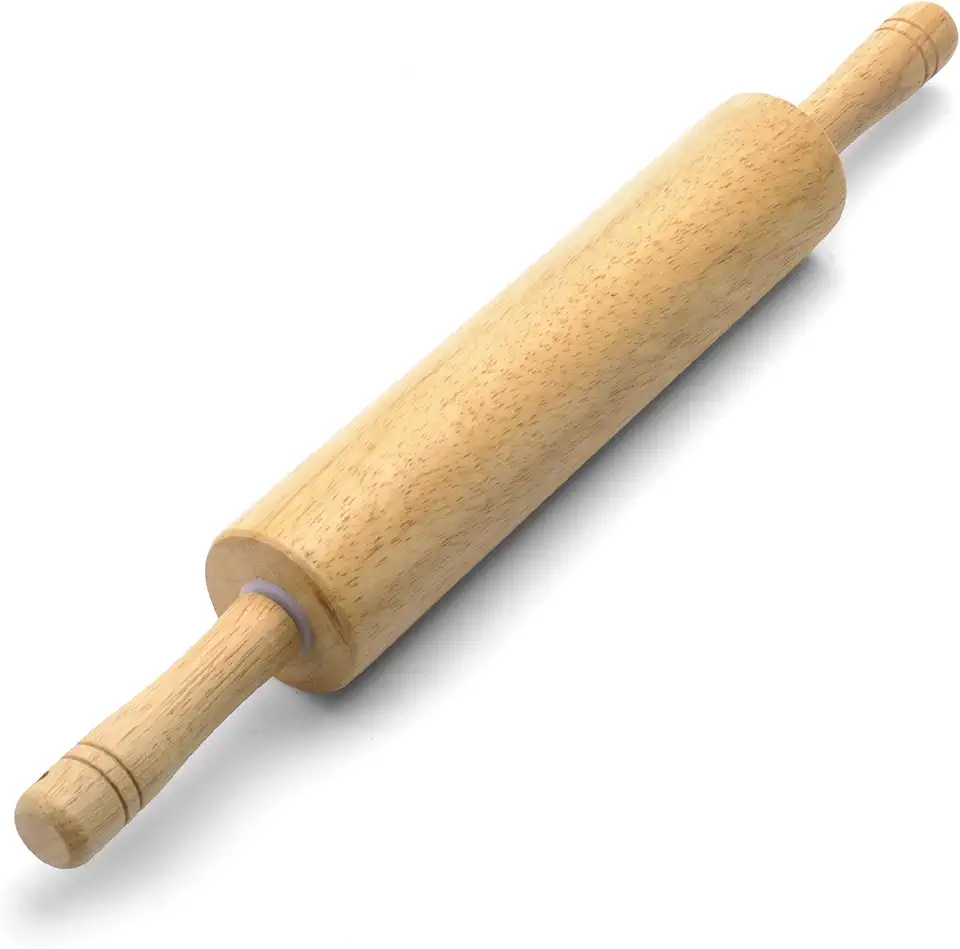 Farberware Classic Wood Rolling Pin, 17.75-Inch, Natural
$12.99
$13.99
View details
Prime
Farberware Classic Wood Rolling Pin, 17.75-Inch, Natural
$12.99
$13.99
View details
Prime
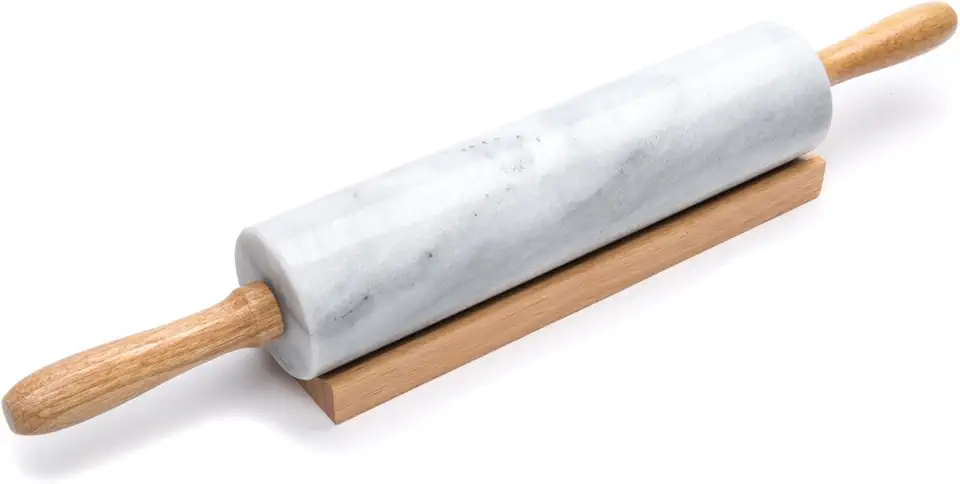 Fox Run Polished Marble Rolling Pin with Wooden Cradle, 10-Inch Barrel, White
$20.88
View details
Prime
Fox Run Polished Marble Rolling Pin with Wooden Cradle, 10-Inch Barrel, White
$20.88
View details
Prime
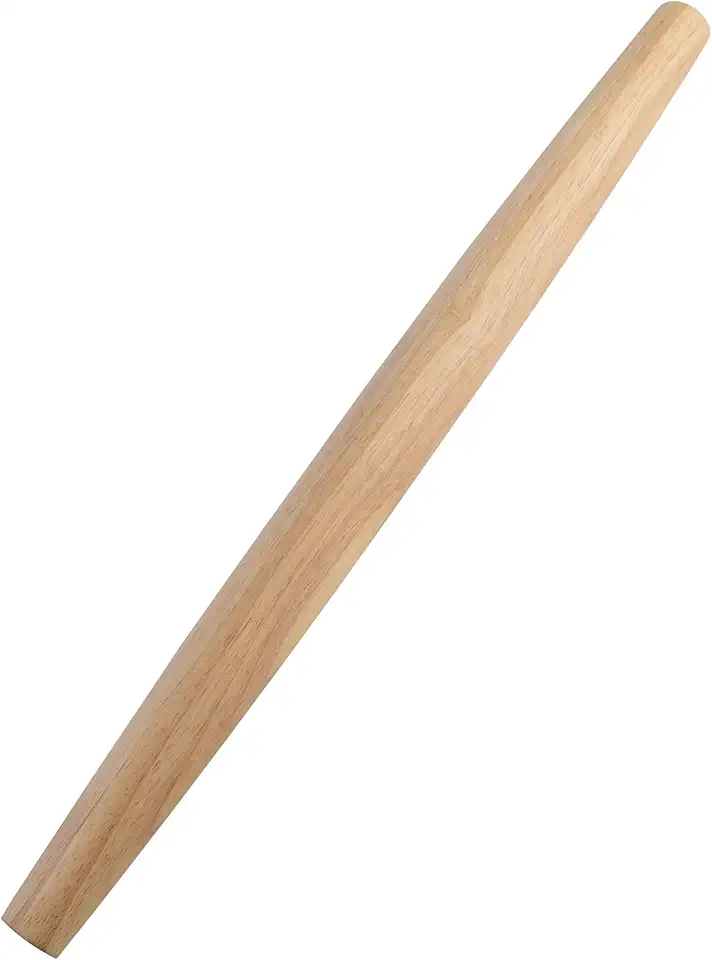 French Rolling Pin (17 Inches) –WoodenRoll Pin for Fondant, Pie Crust, Cookie, Pastry, Dough –Tapered Design & Smooth Construction - Essential Kitchen Utensil
$9.99
View details
French Rolling Pin (17 Inches) –WoodenRoll Pin for Fondant, Pie Crust, Cookie, Pastry, Dough –Tapered Design & Smooth Construction - Essential Kitchen Utensil
$9.99
View details
Brushes are essential for achieving that golden-brown finish. Silicone brushes are easy to clean and maintain.
Accurate measurements are key to baking success. Always level off dry ingredients for precise amounts.
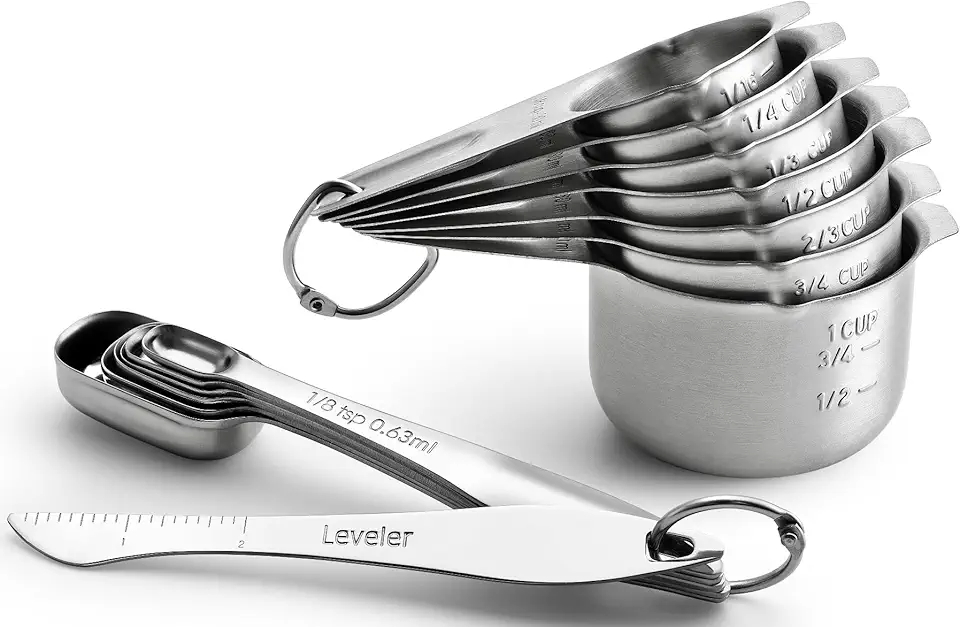 Spring Chef Stainless Steel Measuring Cups and Measuring Spoons Set of 14 with Leveler, Nesting Kitchen Metal Measuring Cups and Spoons Set for Dry and Liquid Ingredients, Perfect for Cooking & Baking
$21.99
View details
Prime
Spring Chef Stainless Steel Measuring Cups and Measuring Spoons Set of 14 with Leveler, Nesting Kitchen Metal Measuring Cups and Spoons Set for Dry and Liquid Ingredients, Perfect for Cooking & Baking
$21.99
View details
Prime
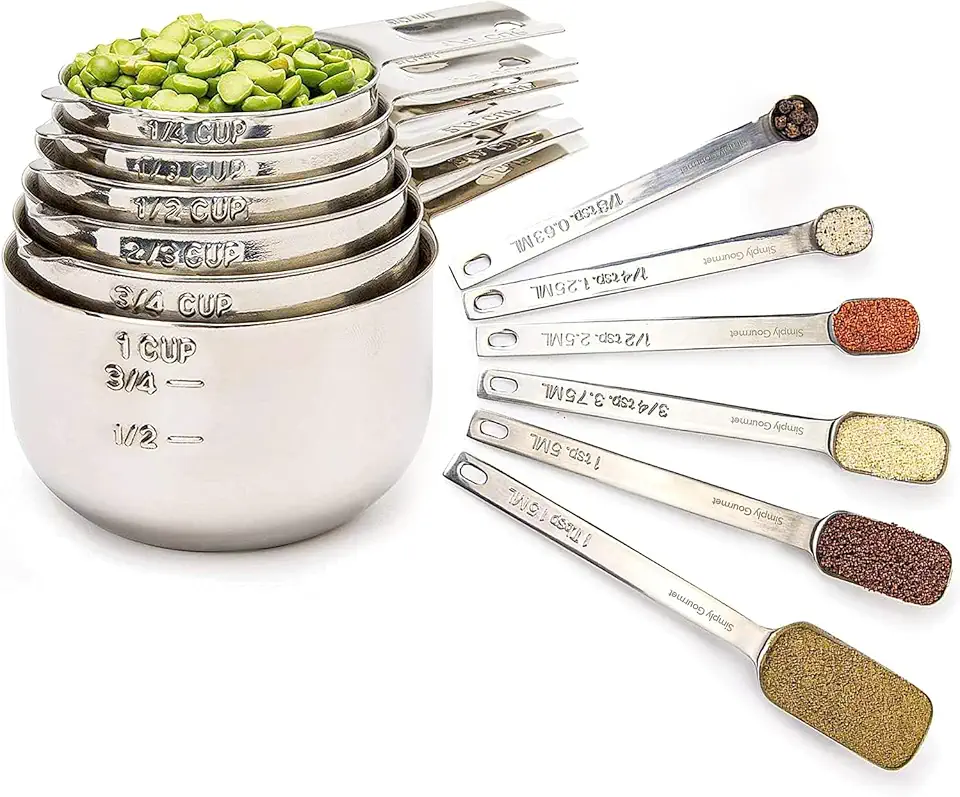 Simply Gourmet Measuring Cups and Spoons Set of 12, 304 Premium Stainless Steel, Stackable Cups Long Handle Spoons Fits Narrow Jars, Kitchen Gadgets for Liquid & Dry Ingredients Cooking Baking
$32.98
$45.99
View details
Prime
Simply Gourmet Measuring Cups and Spoons Set of 12, 304 Premium Stainless Steel, Stackable Cups Long Handle Spoons Fits Narrow Jars, Kitchen Gadgets for Liquid & Dry Ingredients Cooking Baking
$32.98
$45.99
View details
Prime
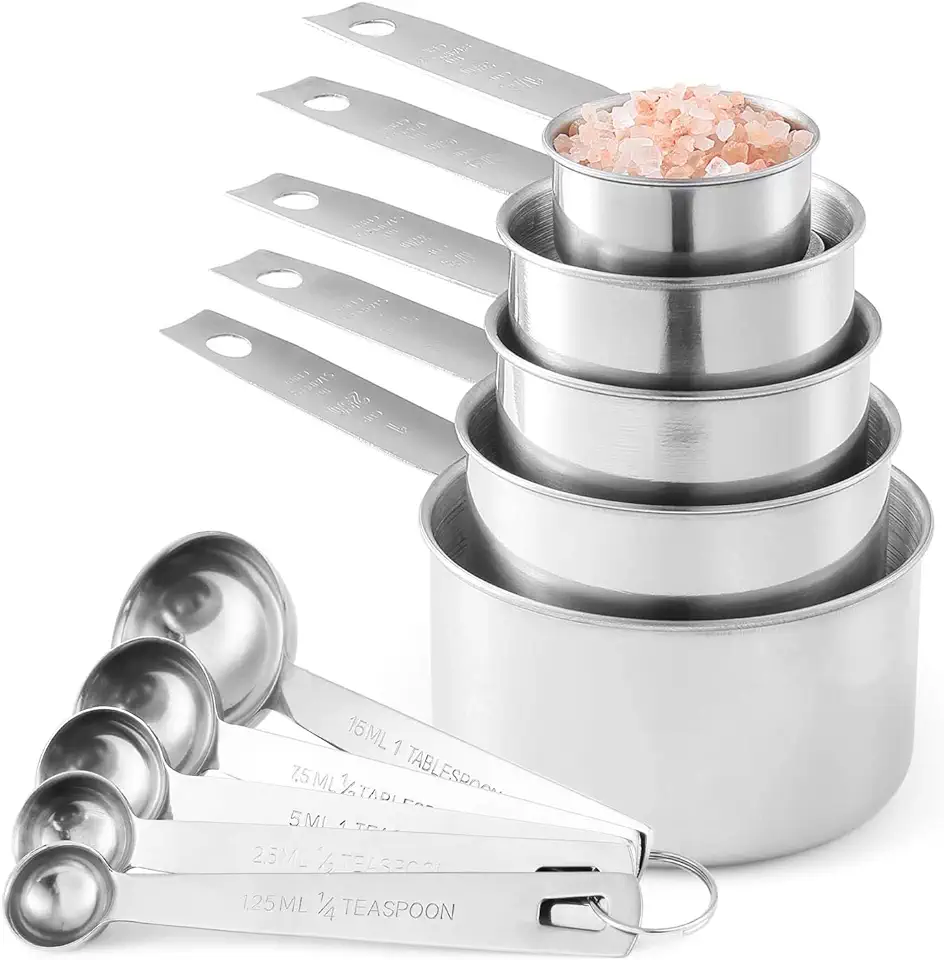 Stainless Steel Measuring Cups And Measuring Spoons 10-Piece Set, 5 Cups And 5 Spoons
$13.95
$17.98
View details
Stainless Steel Measuring Cups And Measuring Spoons 10-Piece Set, 5 Cups And 5 Spoons
$13.95
$17.98
View details
Use a non-stick or parchment-lined baking sheet to ensure your pastries don't stick and bake evenly.
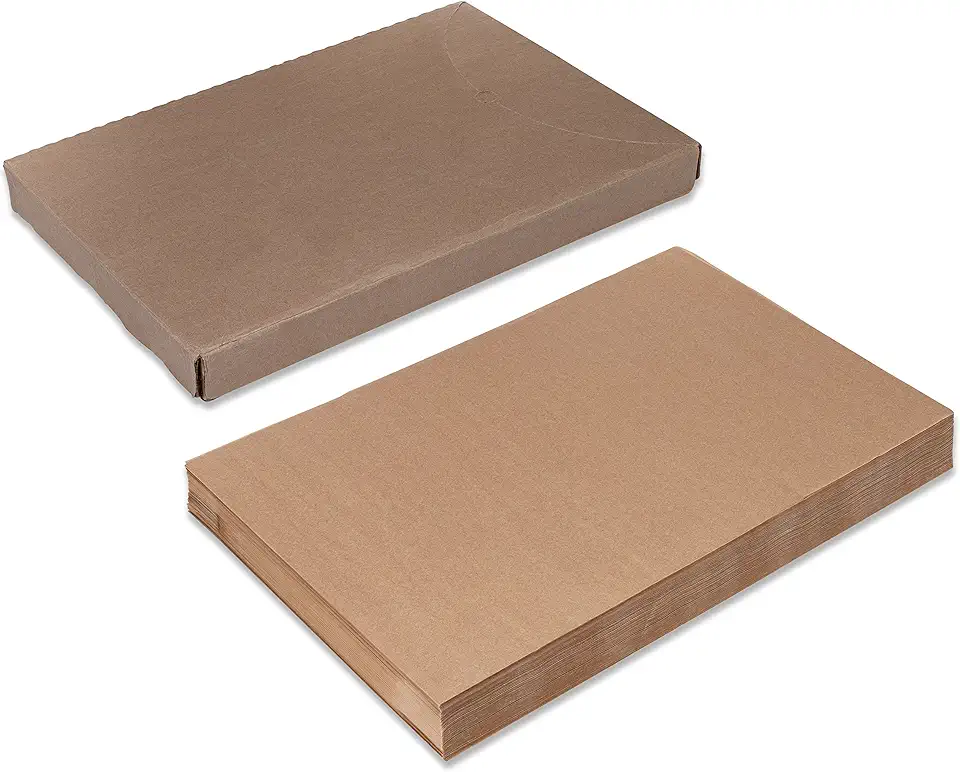 Paterson Paper 16" x 24" Full Size Unbleached Chromium-Free Reusable Baking Parchment Paper Sheets Commercial Bun/Sheet Pan Liners - 1000/Case - 425F - Non-Stick/Grease-Resistant
$169.58
View details
Prime
best seller
Paterson Paper 16" x 24" Full Size Unbleached Chromium-Free Reusable Baking Parchment Paper Sheets Commercial Bun/Sheet Pan Liners - 1000/Case - 425F - Non-Stick/Grease-Resistant
$169.58
View details
Prime
best seller
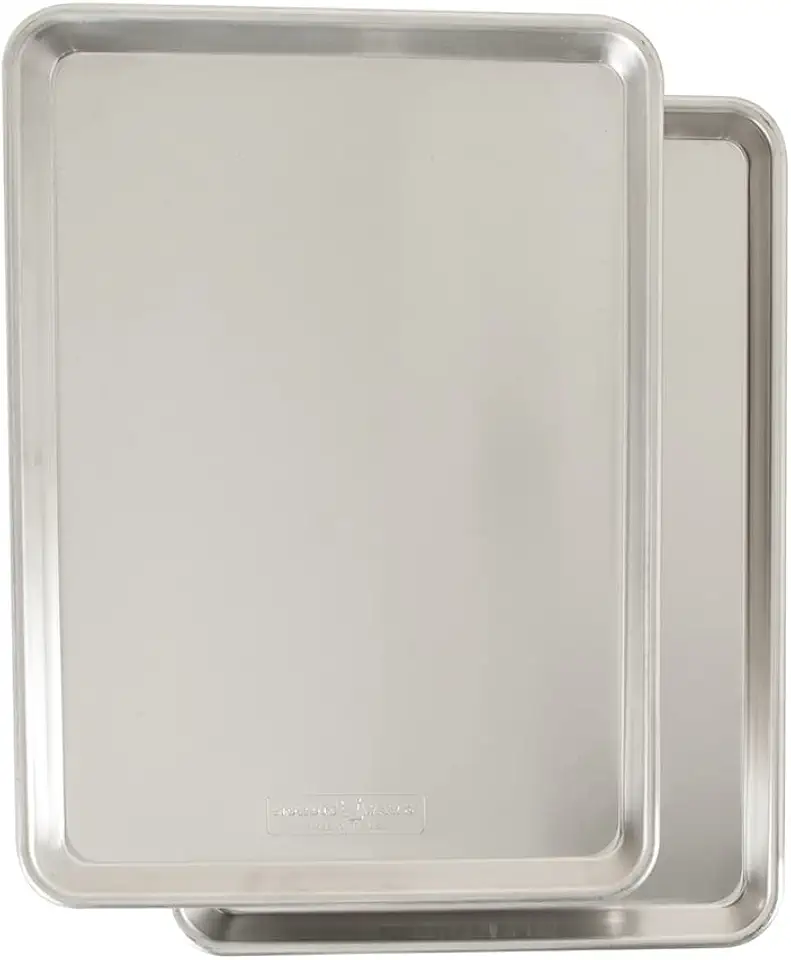 Nordic Ware Naturals Half Sheet, 2-Pack, Natural
$37.80
View details
Prime
Nordic Ware Naturals Half Sheet, 2-Pack, Natural
$37.80
View details
Prime
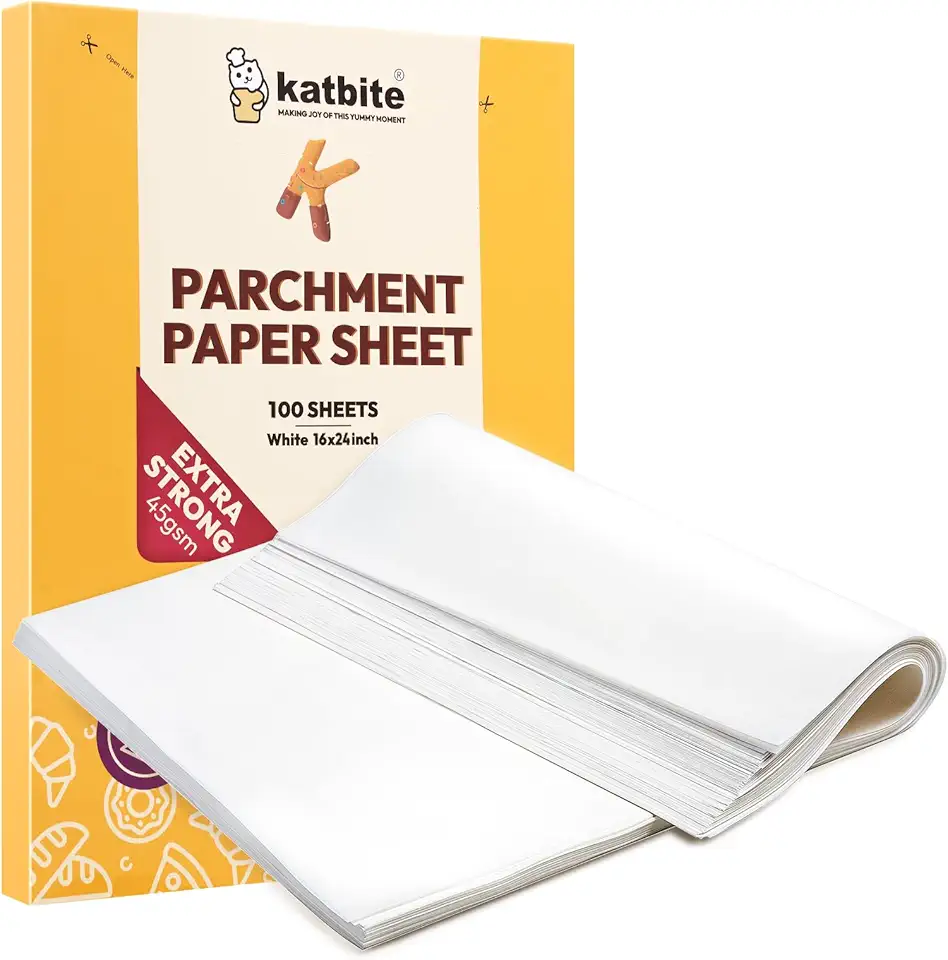 Katbite 16x24 inch Heavy Duty Parchment Paper Sheets, 100Pcs Precut Non-Stick Full Parchment Sheets for Baking, Cooking, Grilling, Frying and Steaming, Full Sheet Baking Pan Liners, Commercial Baking
$18.99
$25.99
View details
Katbite 16x24 inch Heavy Duty Parchment Paper Sheets, 100Pcs Precut Non-Stick Full Parchment Sheets for Baking, Cooking, Grilling, Frying and Steaming, Full Sheet Baking Pan Liners, Commercial Baking
$18.99
$25.99
View details
Variations
Faq
- Why did my dough come out too sticky?
This can happen if there's too much moisture. Gradually add more flour, a tablespoon at a time, until the dough reaches a workable consistency.
- Can I make the dough ahead of time?
Yes, you can make the dough a day in advance. Just wrap it tightly in plastic wrap and store it in the refrigerator.
- What if my pastry isn’t turning golden brown?
Ensure your oven is preheated to the right temperature and brush the pastries evenly with egg yolk before baking to achieve that golden color.
- Can I use a different filling?
Absolutely! Try using fruit preserves, sweetened cream cheese, or even a savory mixture. Be mindful of the moisture content to avoid the dough getting soggy.
- How do I store leftover pastries?
Store them in an airtight container at room temperature for up to two days, or freeze them for longer storage. To reheat, simply pop them in a warm oven for a few minutes.
- Why did my filling leak out during baking?
Ensure the edges of your dough are properly sealed. Using a fork to crimp the edges can help, as will chilling the filled pastries before baking.

